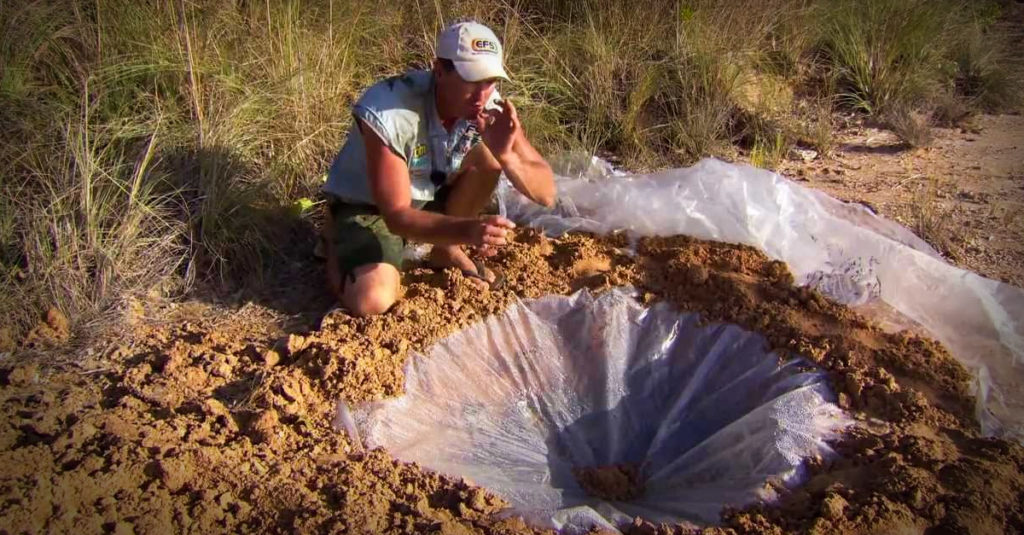
You never want to be in position where you’re forced to survive on scraps, and concerned about where to find your next meal. But if you are: you need to be prepared. And in order to be prepared on how to survive in the wild, you need to educate yourself. That’s what this post is for – to teach you some of the biggest tools and tricks you can use to stay alive and even thrive!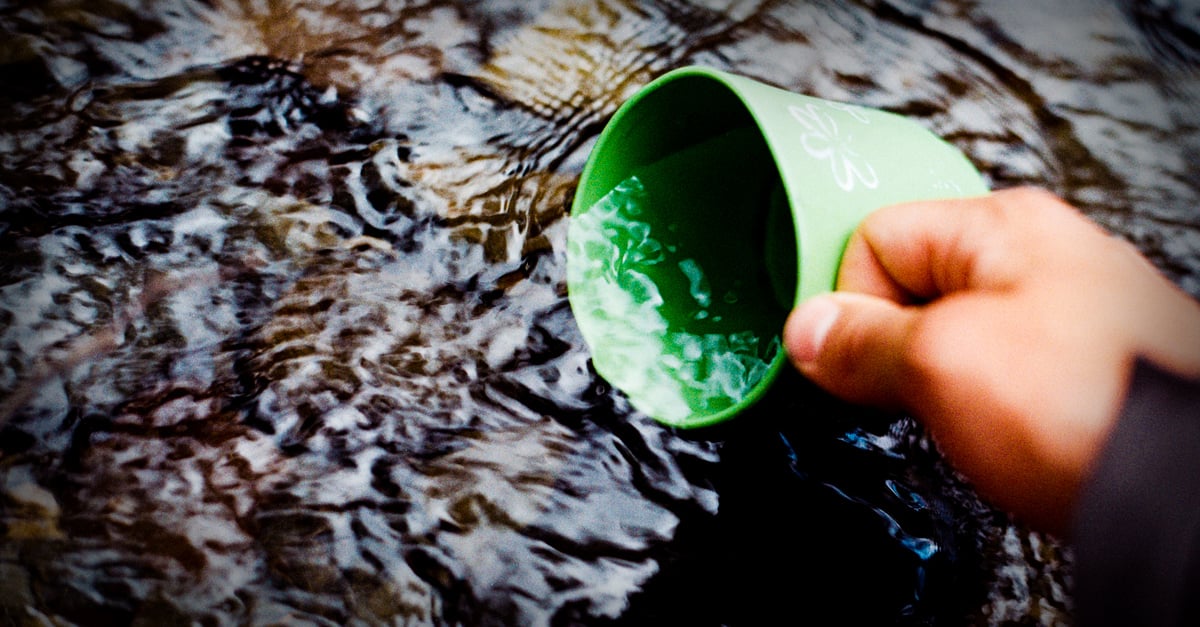
50. Find Water
Go without it for just a few days and you could die. Water is essential for survival. But how do you find it in the middle of nowhere? Well, optimally you want to find running water. Something like a stream, river or brook. If that’s not an option, a lake or pool could also work. Also, you could find a dry riverbed and dig until you strike it rich. In addition, if you find mud you can use it to filter water. As a last resort, look for heart of palm or other water bearing plants to help sustain you. Some of these may require purification, which brings us to our next tip!
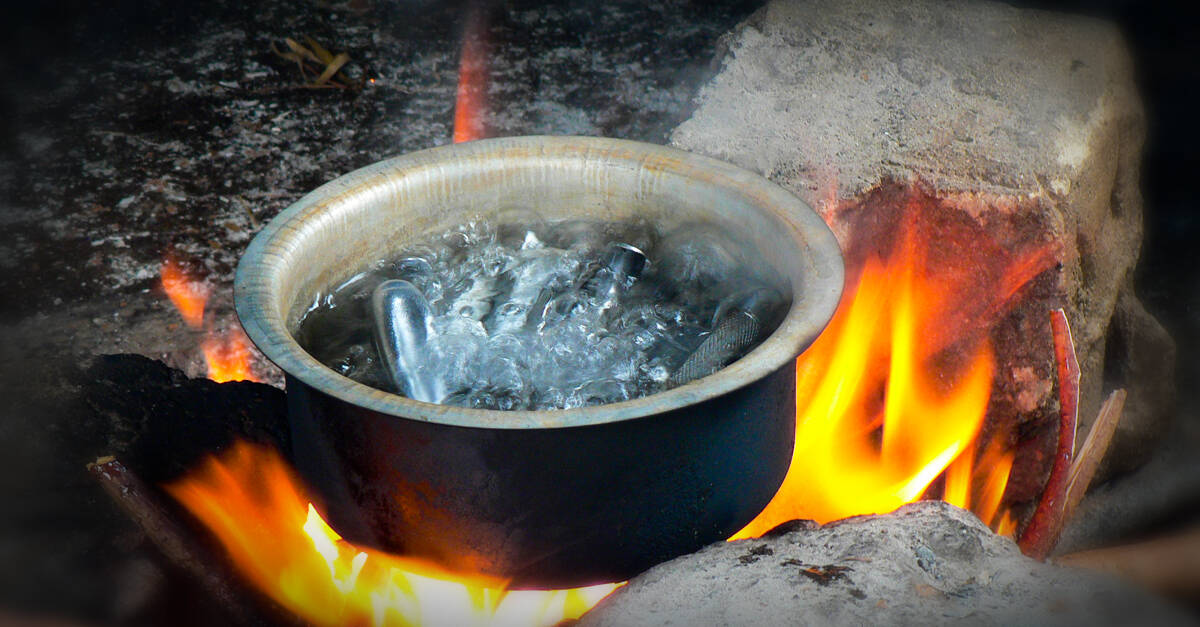
49. Purify Water
So you’ve found water. Now you need to purify it so it is suitable to drink. There are three basic methods. First, you can boil the water for 15-20 minutes. Alternatively, you can use two teaspoons of bleach per gallon (it may taste funny, but it’s safe to drink. Just don’t use any more). Finally, purification tablets may be used. You can pick them up at any camping supply store for just a few dollars and keep them on hand. If you get water from mud or a stagnant source you may need to filter the water through a coffee filter first. Alternatively, you can use a piece of clothing. Just make sure you boil the water afterward so it is safe for consumption.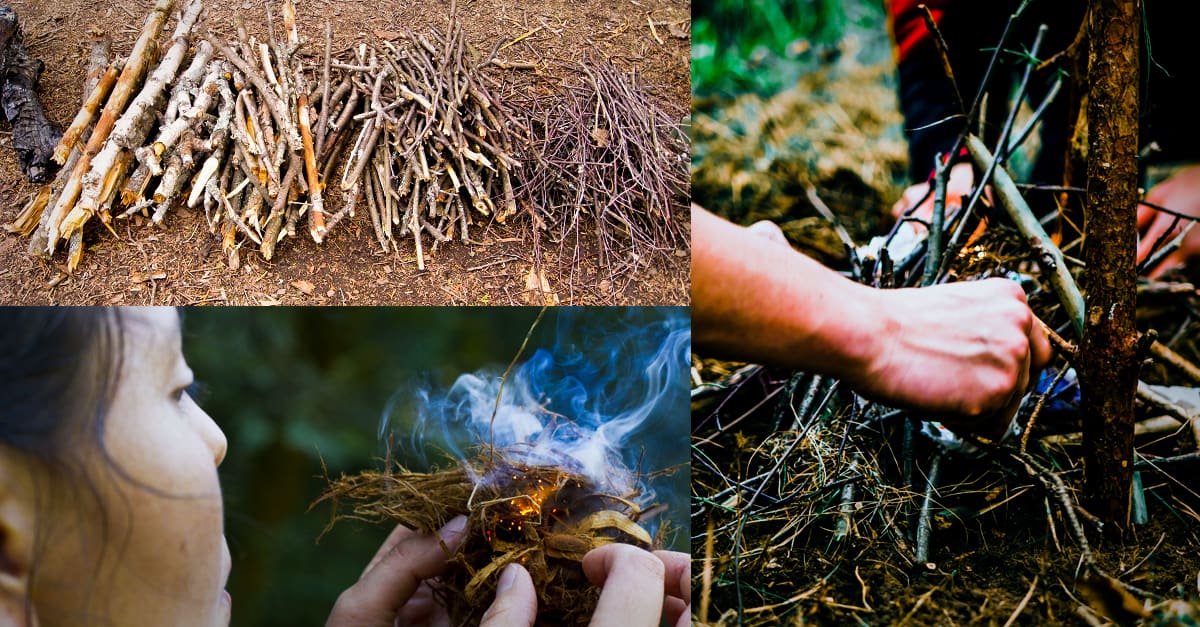
48. Find Material To Make Fire
Most of what you know about building a fire is wrong. The best tip is build as you go. Trying to build an entire frame is counterproductive if the tinder fails to ignite other components. You will waste fuel and matches. To begin, gather enough tinder (fine pieces of grass or small twigs) to fit in a circle between your middle finger and thumb. Once it catches, add kindling (small twigs and sticks no thicker than a pencil, and no longer than fingertip to elbow). After those begin to burn, add firewood (thicker pieces of wood that run the entire length of your arm. Build cross-wise as you go, being sure to leave enough space to insert more tinder if need be. But how do you light it? Look at our next tip.
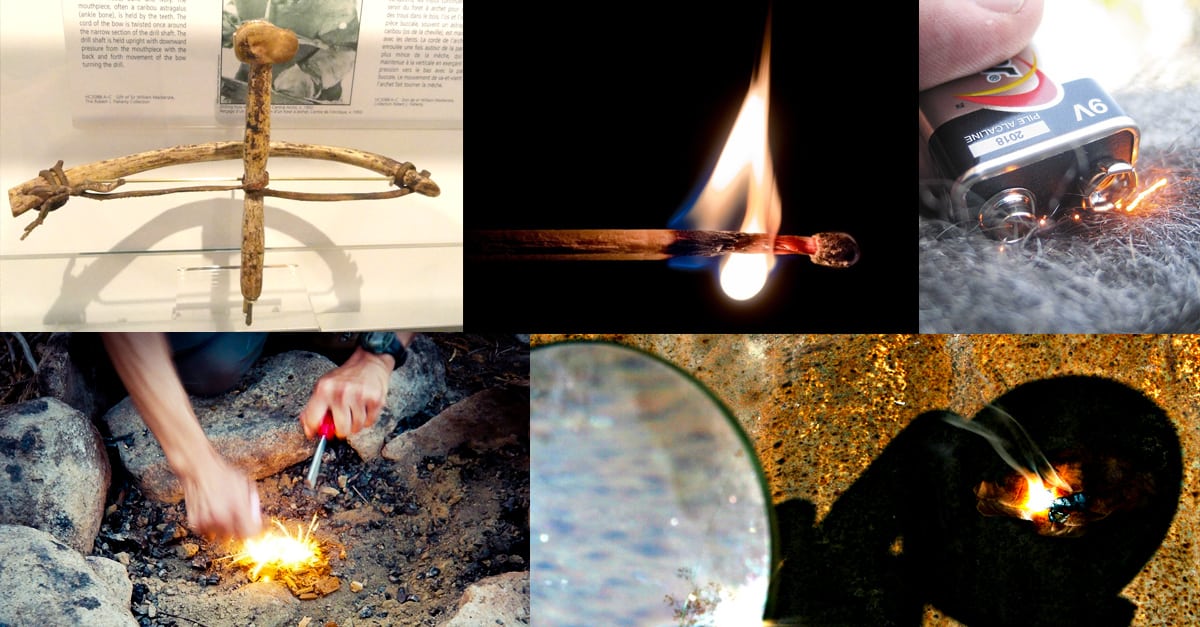
47. Different Ways To Light A Fire
Ok so let’s say your matches run out, your lighter is busted, and you don’t know how to make a hand drill. How do you make a fire? Well, fortunately you have a firesteel stashed away. You may have heard of flint and steel. Consider this to be the steroid version. Flint and steel generally do not emit sparks that are hot enough. A fire steel (also called a ferro-steel) will shower your tinder with super hot sparks. Make sure you have a suitable striker. While using your knife is an option, it can dull the blade. You can use it as a last resort though. To use, simply hold the striker stationary over the tinder and pull the fire steel toward you. Your tinder should easily ignite after a few pulls.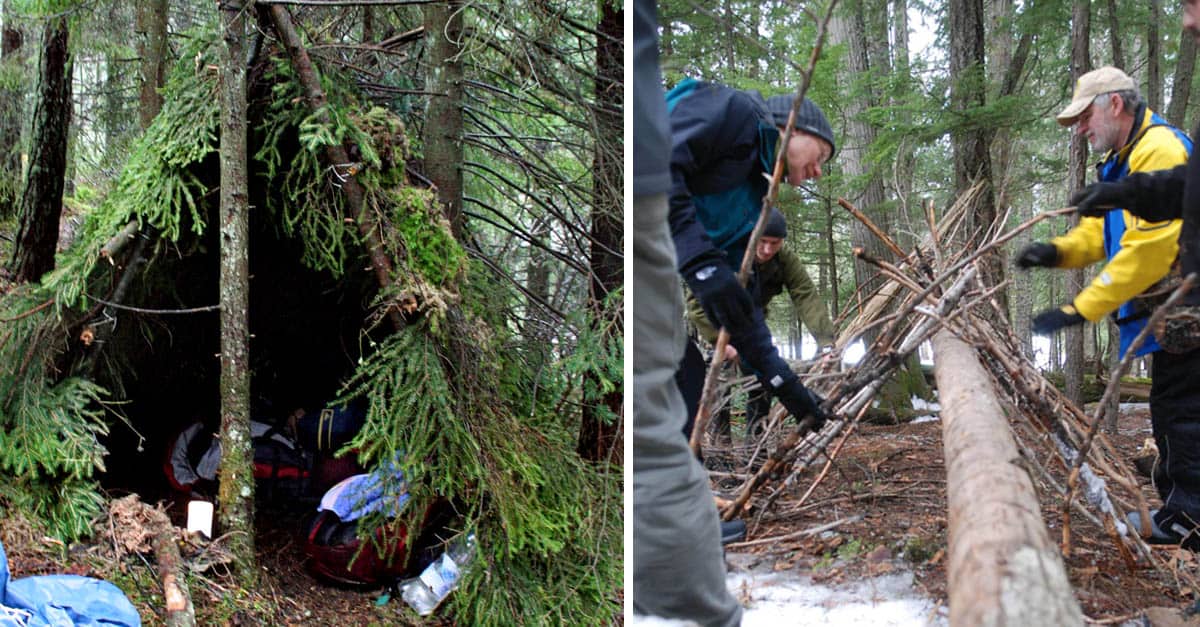
46. Build A Shelter
In the wild, the best course of action is the path of least resistance. Building a shelter is no different. You don’t want to waste energy chopping, cutting and tying all day. Look for a fallen tree still attached to the trunk. It should angle to the ground. This is your center beam. From there, lay other pieces of wood (limbs and branches) against it, alternating both sides. After that, lean more branches with leaves and other sorts of covering over these. You can lash the tops together (weaving along the top of the fallen tree trunk as a guide) to make them more secure. This is a quick way to make a temporary shelter. Build a fire toward the front of the shelter for warmth and to keep animals away.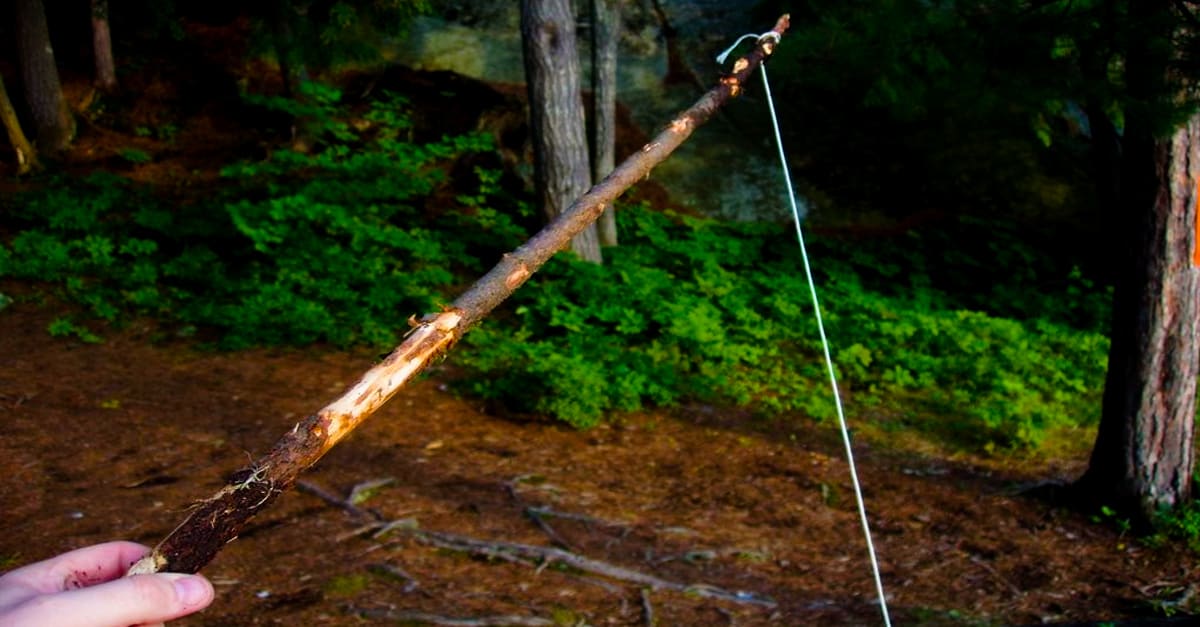
45. Make A Fishing Rod
There are several things to consider when making a fishing pole. For line, you can use monofilament, thread or green vines if nothing else is available. Ultimately, you will need a length of line somewhere in the range of 10-15 feet. Use a surgeon’s knot to extend line length if need be. Finally, tie the line about midway down your fishing pole and wrap it three or four times to the end. This way, if your pole happens to snap while fighting a fish, the line will fall into your hands. It gives you a better chance of still snagging a meal. Just make sure your line is strong!
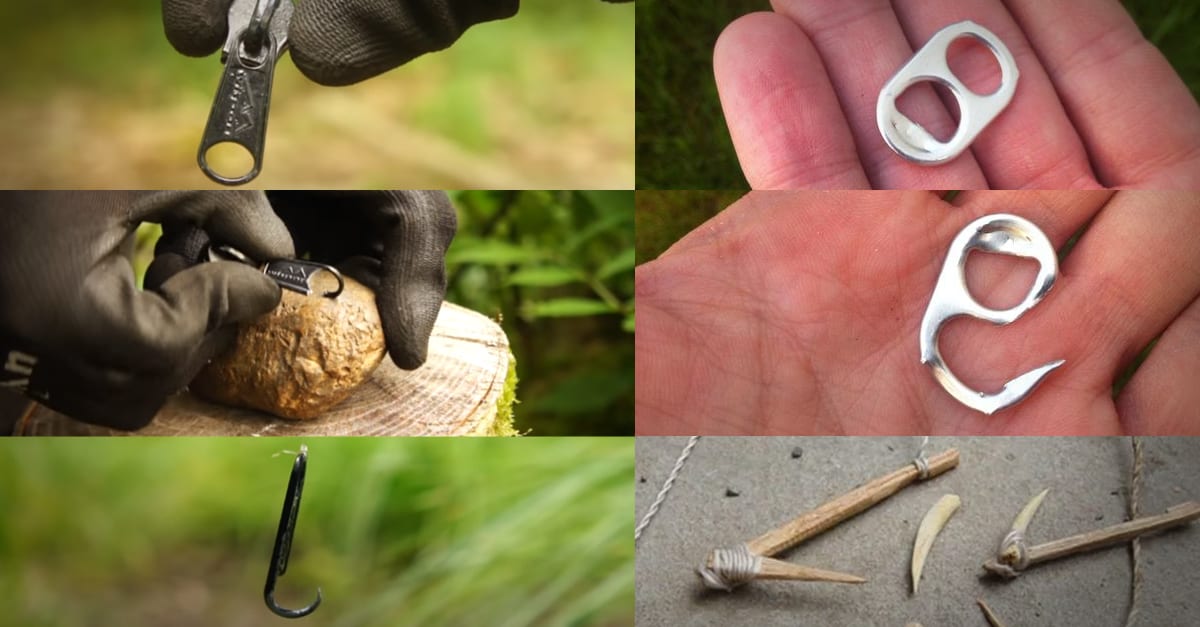
44. Make Fishing Hooks
Now that you have a fishing pole, you need to make a fish hook! There are all sorts of things you can use. Some suggestions recommend fashioning hooks from sticks or thorns. We would say this is a last ditch effort. More effective versions involve using your zipper or the pop top from an aluminum can. Simply cut the loop near the top, bend outward and sharpen the point. Zipper tabs and pop tops are perfect fish hook material. For line, you can use thread from your clothes, dental floss, or paracord. If you get really stuck you can always use green vines. Just make sure you get enough length. Now you are ready to dress your fishing pole and catch dinner!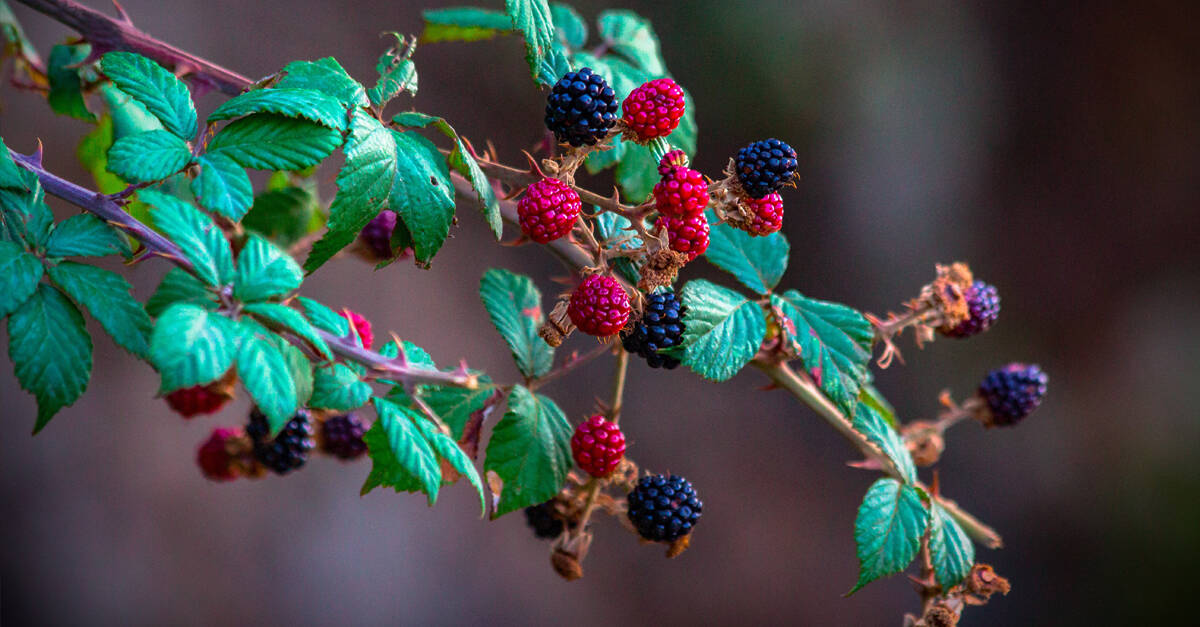
43.Identifying Berries
Knowing what to eat can literally be the difference between life and death in a survival situation. And for things like rasberries pictured above, common sense is a good guide. But what do you do if you stumble upon other berries and are unsure? Well, there are a few guidelines. First, stay away from berries hanging from plants with shiny leaves (think holly berries). Second, avoid any plant with a milky sap (this is why dandelion stems are a bad idea, the heads are fine though). Finally, avoid wild mushrooms unless you are absolutely certain they are safe to eat. Sticking to palm hearts may not be fun, but it could save your life if you are unsure.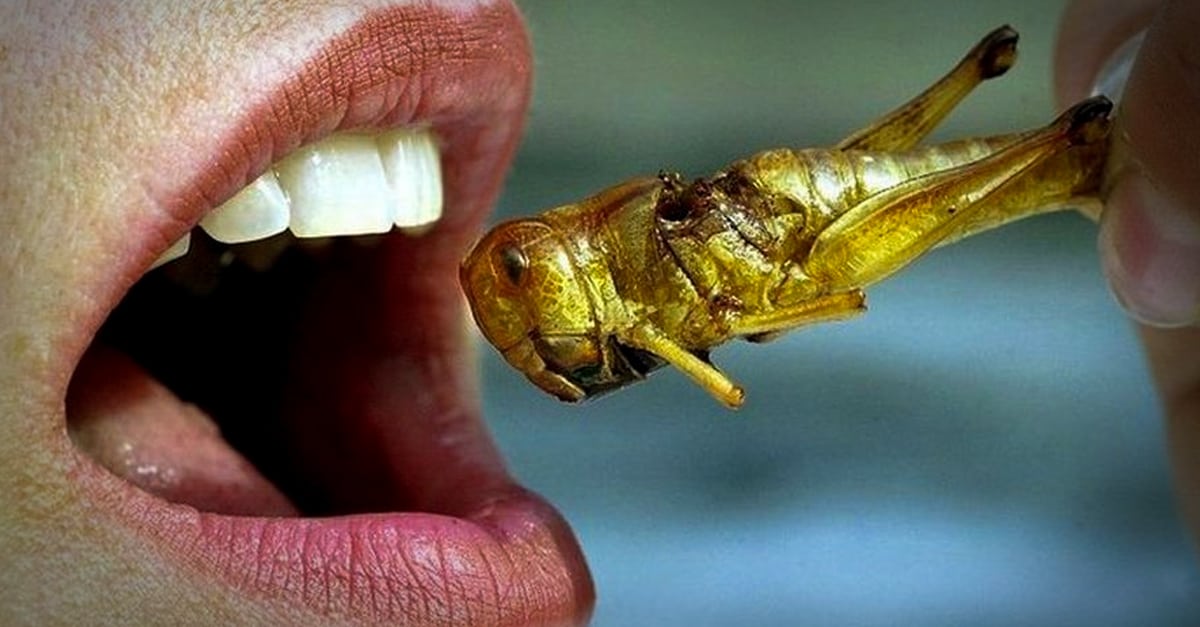
42. Eat insects
Insects are a great source of nutrition. And while they may not be tasty, some of them are loaded with protein. For instance, grasshoppers and crickets are good examples. They are protein rich. The good news is you can find them almost anywhere. Ants are another good source of protein. However, they are the insect equivalent to rice (eat them when you are hungry and in the mood for 4,000 of something). They actually taste good too. Other edible insects include stink bugs, scorpions, wood lice, grubs and earthworms. The forest is a virtual buffet.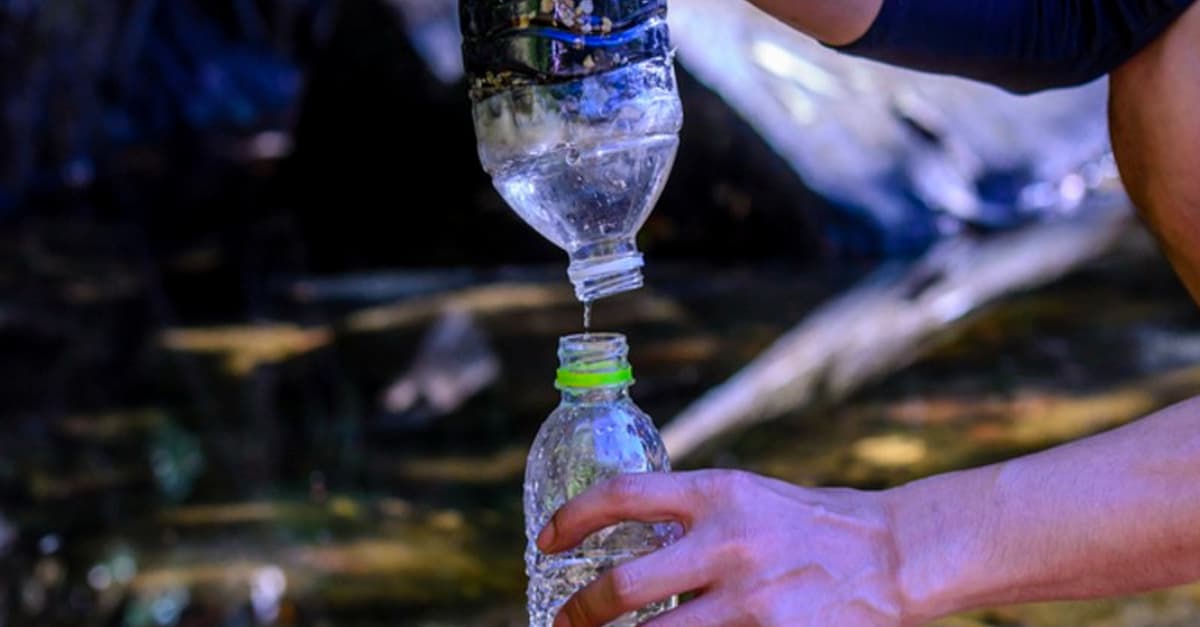
41. Water Filtration
Need to filter water? No problem. Just find an empty water bottle, or use one you have carried with you. Cut the bottom off the bottle and invert it so it looks like a funnel. Next, fill the bottle with gravel first, and then sand. Finally, pour water over the sand and gravel. You should get clear water dripping from the other side. If not, run it through again. The sand will remove impurities from the water, making it safe to drink. The gravel serves to keep sand from running into your fresh water supply. This is a great method to use if you need to make water safe to drink quickly and do not have access to fire or other purification methods.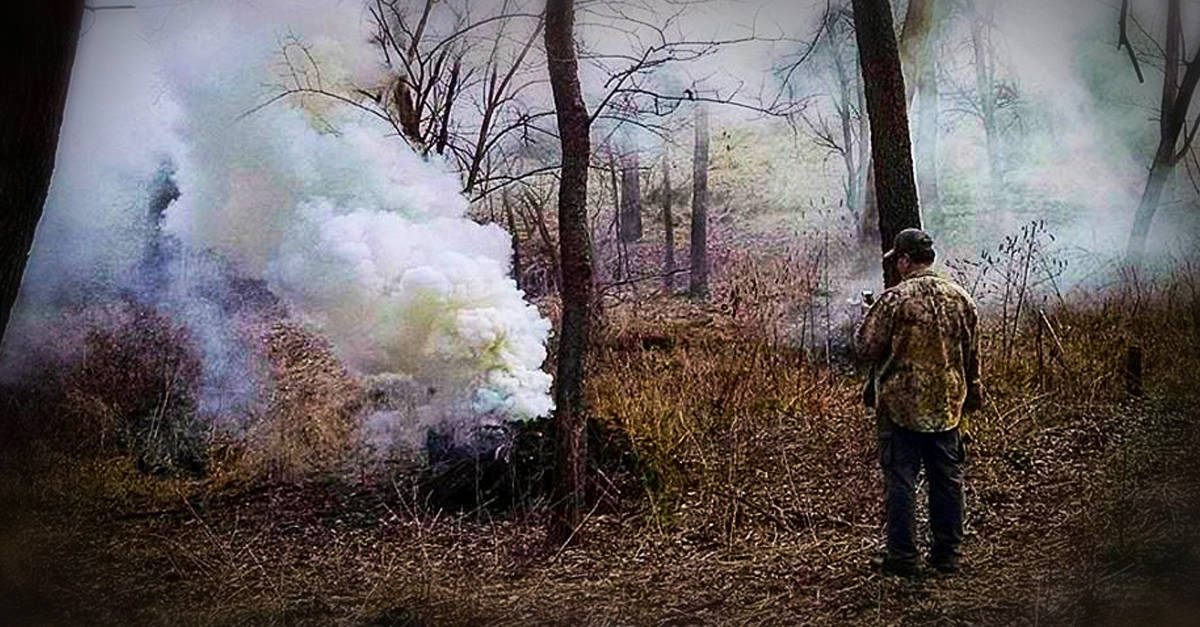
40. Smoke Signal
Signaling for help is a good idea in survival situations. Therefore, you need to know how to build a good signal fire. To begin with, grab three large branches about 4 inches in diameter and 4-5 feet long. If possible, find on with a fork in it. Construct a Teepee and place large amounts of grass and loose green material inside the teepee. Put as much in the teepee as you can while being careful not to over stuff. You will need an equally large pile on reserve to continue the fire. The moisture in the grass and greenery will create thick smoke, easily seen from the sky.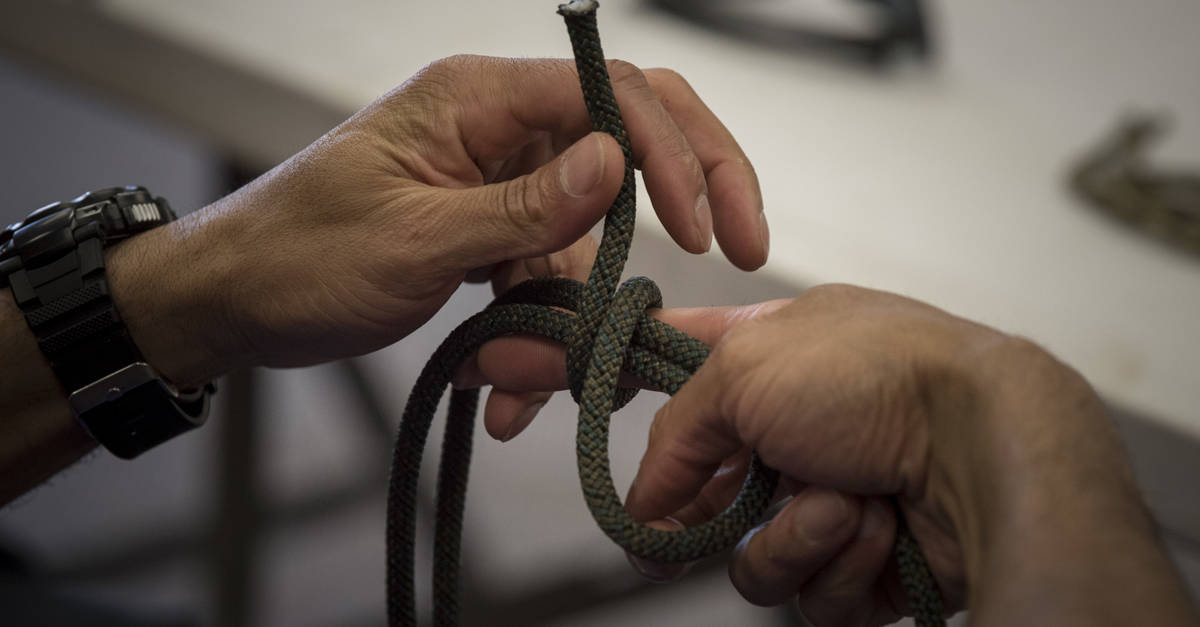
39. Learn To Tie Knots
Knots are a valuable skill to possess. It is important to learn how to tie a few. Knots can be used to secure belongings, hang items from trees and make bedding. In addition, knots are useful for mountain climbing. Knowing how to tie a few basic knots can help you land dinner, make weapons and shelter. For instance, the fisherman’s knot is the best for securing a homemade hook to line, while the surgeon’s knot can be used to negotiate extreme situations. There are many guides online. We also have a post featuring 50 different knots.
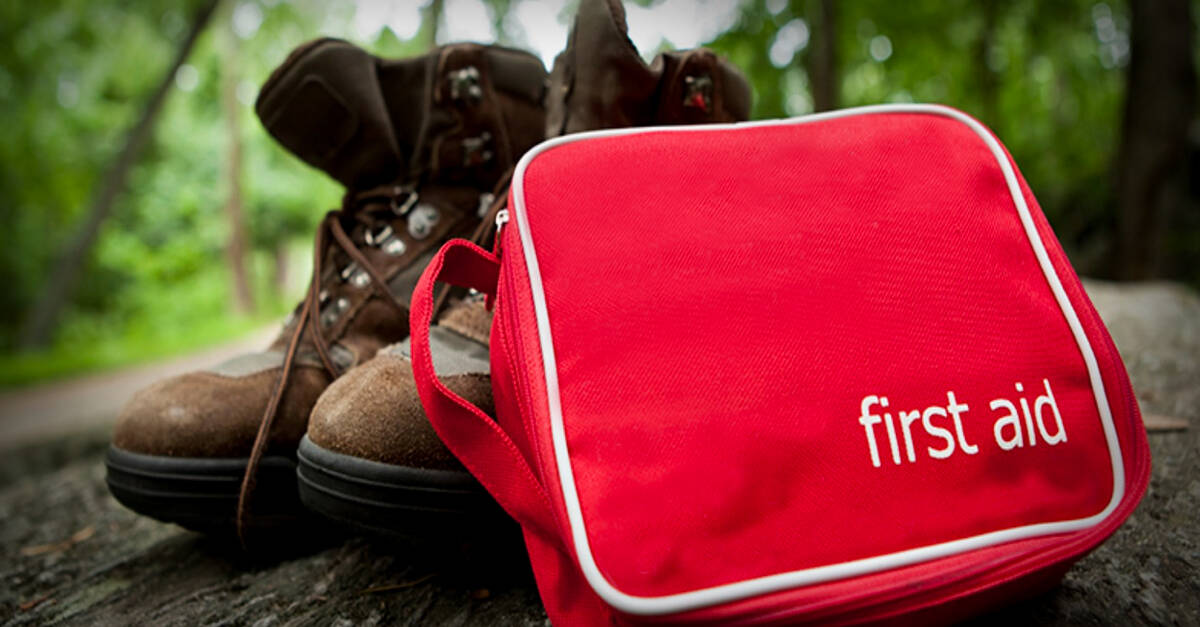
38. Perform First Aid
Survivor first aid is a bit different than normal first aid classes. This skill can literally mean the difference between life and death when you are in a survival situation. With that in mind, make sure that you understand such skills as dislocation reduction, epinephrine administration and focused spinal assessment. In addition, it’s important to understand how to dress wounds, create makeshift splints and in desperate situations, fashion a tourniquet. The entire goal of survival first aid is to never have to ask yourself the following question… What do I do now? It’s important to understand how you should prepare for unexpected events.
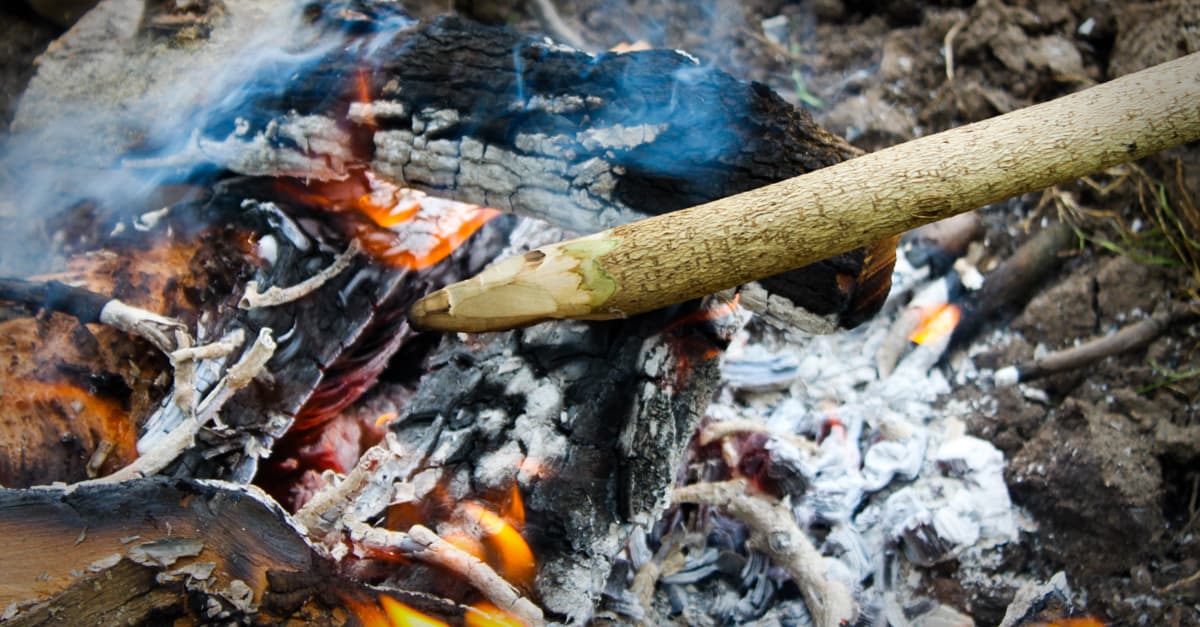
37. Make A Spear
Perhaps the most important part of making a survival spear is understanding how to fire harden the object. Most often, this concept is misunderstood as people tend to think fire hardening involves shoving your spear into the fire and burning. Actually, what you want to do is allow the fire to super dry the wood by holding it a bit above the flames. When it starts to turn color, you know the hardening process is beginning. When wood is hardened it’s void of water. This makes it lighter and stronger. To help, make sure you choose the right stick for your spear. Any hardwood species like Hickory, Oak, Locust, Osage, Maple or Ash should do. Stay away from softer woods like Aspen, Poplar and Pine. Also, you don’t have to harden the entire spear, just the bottom portion which will be responsible for most of the work.

36. Tell Someone Where You Are Going Before You Travel
Communication is essential should you find yourself in a survival situation. Therefore, take time to prepare beforehand in the event something goes wrong. Leave all of your contact information with one or two friends, along with a map, address or GPS coordinates that pinpoint your location. Next, let them know how long you plan on being gone. Beyond that, make sure you give them instructions regarding extra time away. For instance, if you were to be gone for five days, you might want to tell them to contact local authorities if you don’t return on day seven or eight. In addition, make sure you have contact information for local law enforcement in the county and state where you will be adventuring.
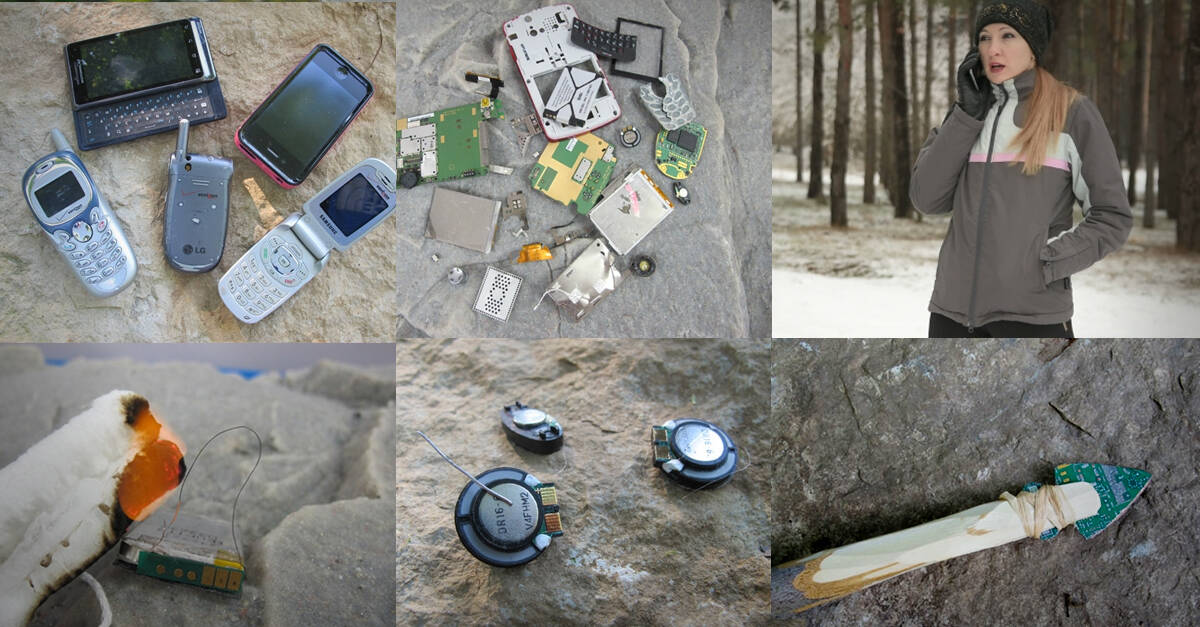
35. Bring A Cellphone
In our modern technology age, it would be silly not to bring a cell phone with you on a wilderness trip. Should you find yourself in a survival situation, a cell phone could come in handy. In fact, it could save your life. If you have GPS capabilities and can tie your cell phone to satellite use, GPS tracking is helpful. Also, most cell phones are equipped with a compass to make navigation easy. In addition, you can download measurement tools to measure basic distances and also determine how far away you are from the next peak or valley. Of course, turning on an auto location service is helpful too. Should someone notice your ping in the middle of nowhere, it’s much easier for them to find you. Of course, you will be limited to battery life so use your cell phone sparingly if you are going out for an extended period of time. Yet, when used wisely, a cell phone is a valuable survival asset.
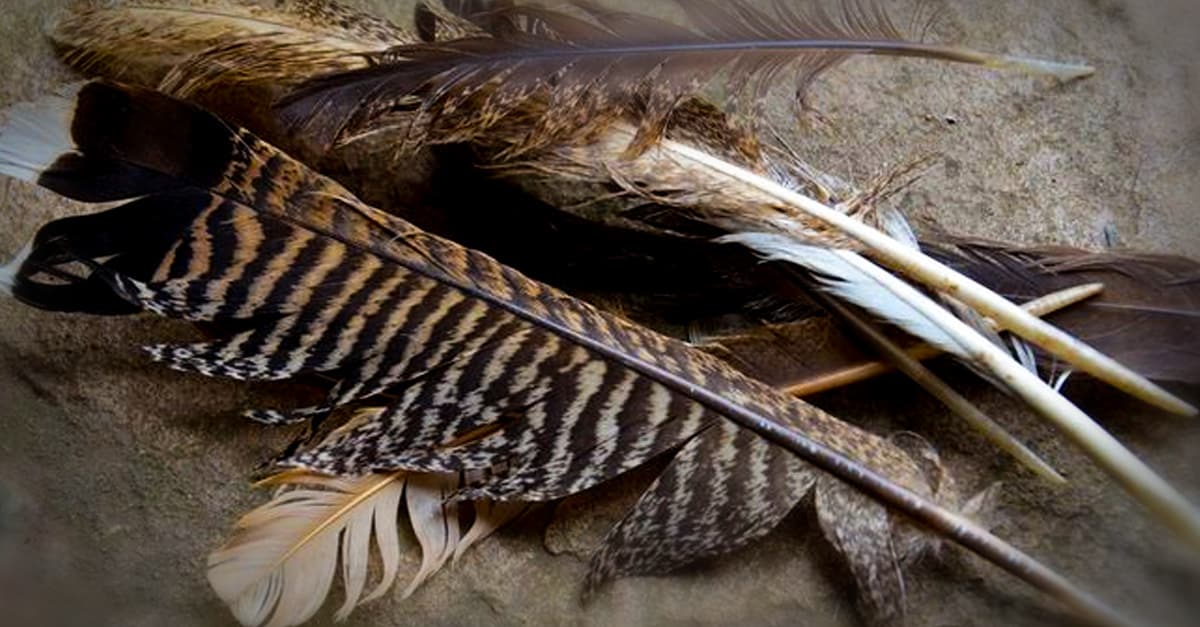
34. Use Feathers
When you find yourself in survival situations it’s important to look at everything as a possible resource. Even better, if you can find renewable resources, you’re golden. Such is the case with feathers. They have so many uses. For one thing, you can use them as fire starting material because feathers are extremely flammable. Also, they make great fishing lures. Use them in conjunction with your home made hooks to land a survival catch of the day. In addition, you can use them to make comforters, pillows or blankets… although you would need a LOT of them.
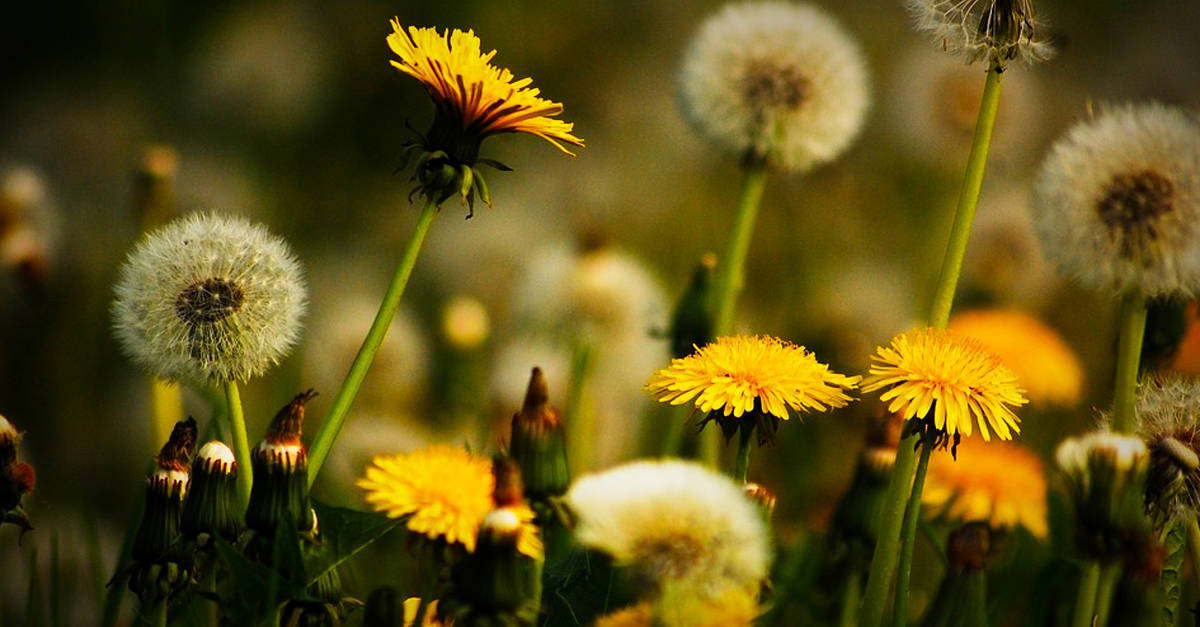
33. Edible Weeds
Do you know which weeds are edible and which could send you to the emergency room? For instance, dandelions are excellent edible weeds (however the stems are quite bitter. We mentioned that earlier). Yet, they are excellent sources of vitamin A and C, as well as an excellent source of calcium. Sautee them in oil for better flavor, are gnaw raw if you are in the wild. Other edible weeds include things like amaranth, nettles, lambsquarters, purslane and sorrel. The good news is these edible greens can be eaten raw, perfect survival foods!
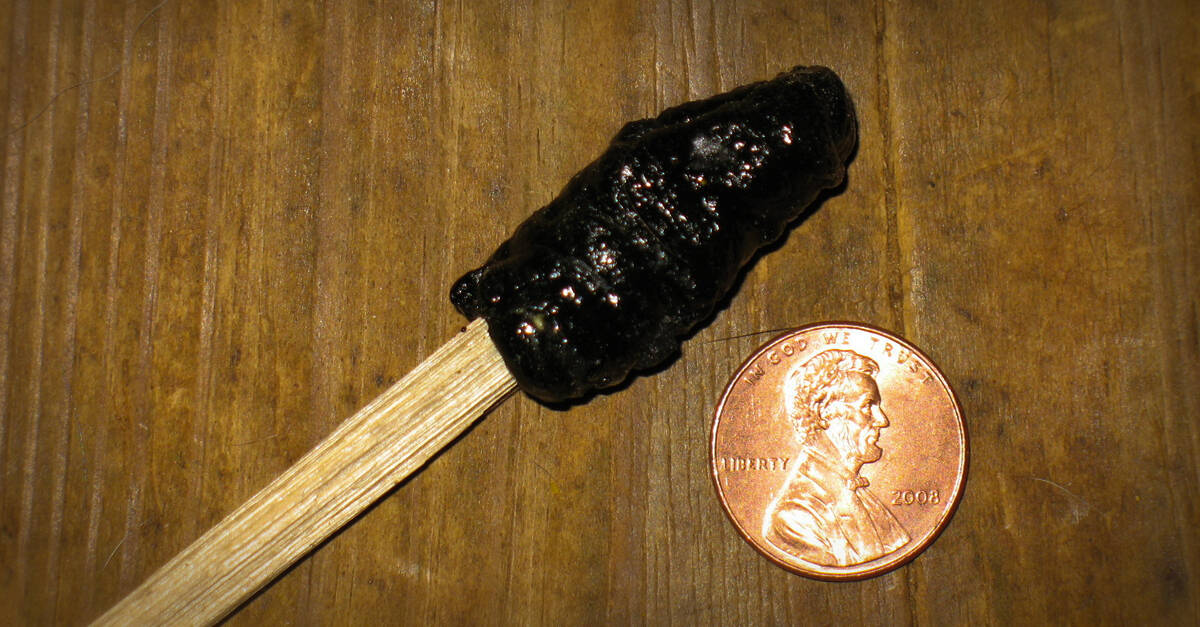
32. Make Pine Pitch Glue
So let’s say you’re in the middle of a survival situation and need to glue something but have no glue available. No problem, just make pine pitch glue. It’s easy because most of the hard work has already been done for you. Procure pine sap and softwood charcoal from your last campfire. Ground the charcoal into a powder and heat the pine sap slowly over a fire. Once it reduces to liquid pour it over the charcoal in a ratio of 5:1l. Now you have pine pitch. Gently wrap it around the end of a stick and store after cooling. To use, simply heat up a portion and placing it on a rock by your campfire.
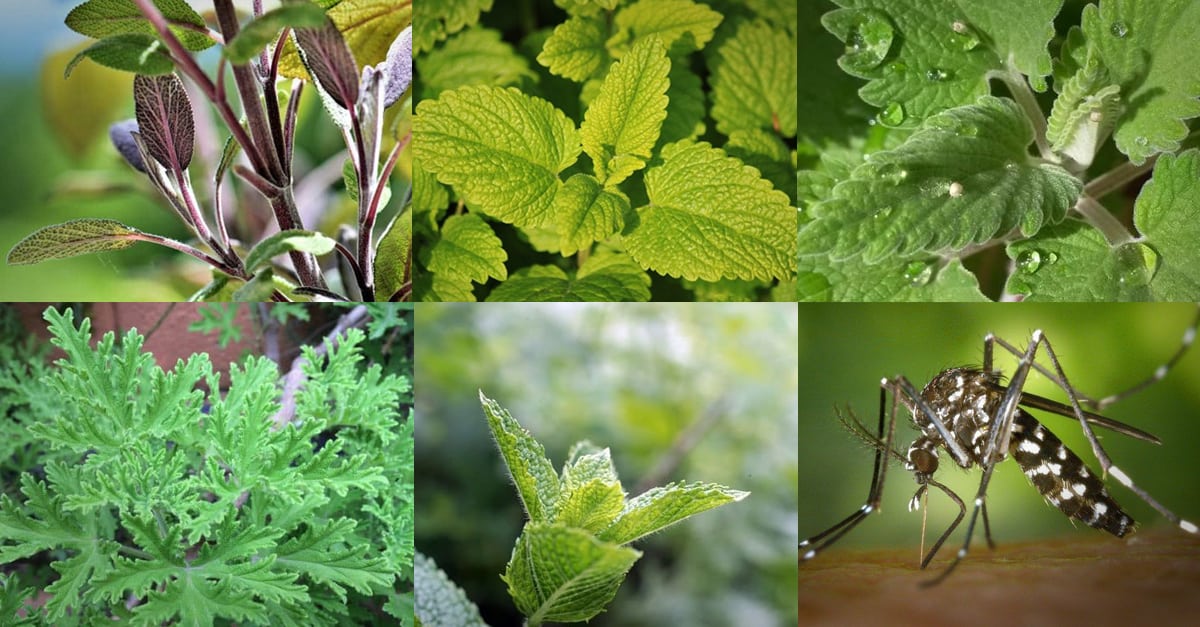
31. Plants That Will Repel Mosquito
Bugs are a huge nuisance, and can actually be a hindrance in survival situation. This is because they carry diseases and viruses that could can you search for days. One bite could give you diarrhea or make you vomit for days. Not fun. To keep them away, look to plants like sage, lemon balm, citronella, peppermint and catnip. Conversely, you may also use mud as a natural bug barrier. However, reserve this for extreme environments. Try find a bit of lemon balm or sage growing wild, rub it on your skin and that should do the trick.
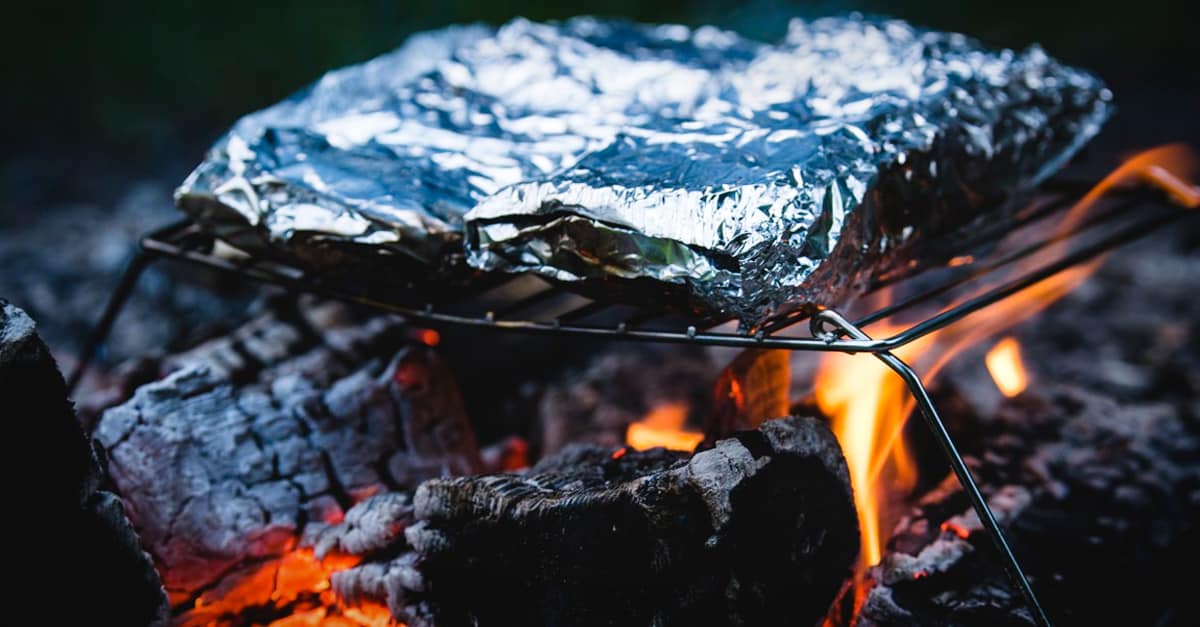
30. Cook Food When Possible
When possible, cook food. There are several benefits to eating cooked fish versus raw. For instance, cooking your food will most likely colophony parasites that might be living inside your meal. You don’t want to become ill in a survival situation. Second, and perhaps most importantly, cooked food requires much less energy to digest. Since energy reserves are important in survival situations, every amount saved as an amount you can expend later. Simple ways to cook food over a fire involve roasting it over a skewer or placing your meal on a hot rock around coals.
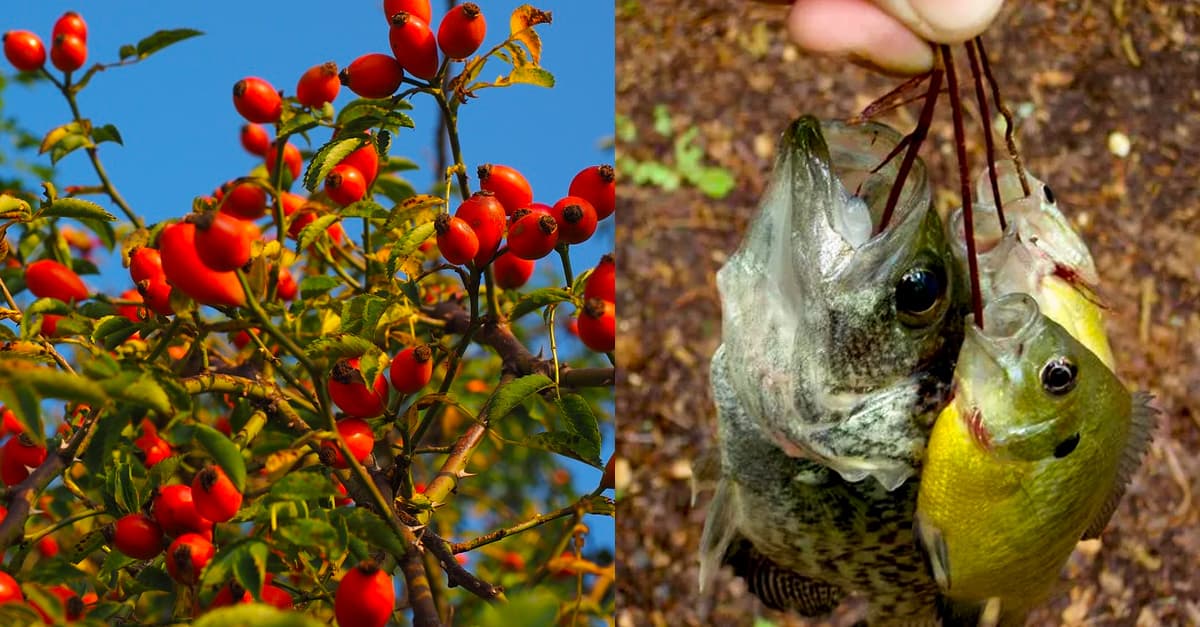
29. Get vitamins
It’s important to make sure you get plenty of vitamins in the wilderness. Whenever your body begins to deplete vitamins, funky things happen. You don’t want that. As such, look for things like white, fleshy fish. They are excellent sources of vitamin B. Also, flora such as rosehips, are excellent ways to get plenty of vitamin C. If you need calcium gnaw on some insects or crunchy crabs. In addition, find wild plant life like spruce needles, licorice roots or lichen. You can make a tea with them for added vitamin benefits. It’s important to keep nutrition at the forefront when you find yourself in a wilderness situation.
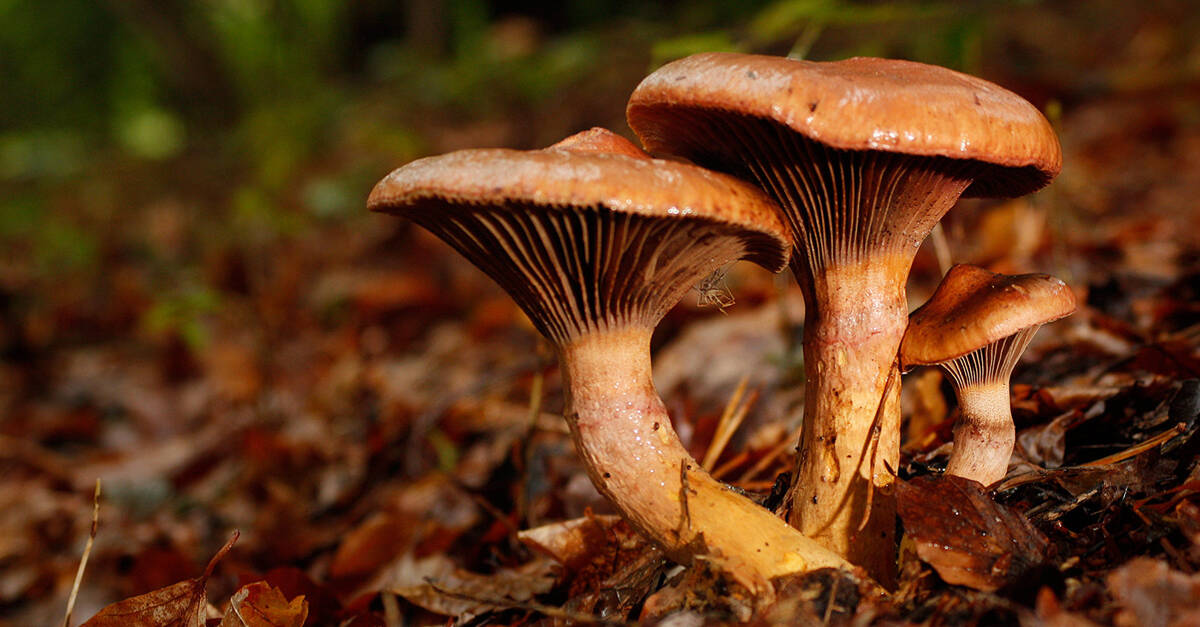
28. Avoid Mushrooms
As tempting as they might look, it’s a really good idea to stay away from eating mushrooms of any kind. All it takes is one wrong varietal and you can experience wonderful things like fever, diarrhea, vomiting, abdominal pain and in severe cases… liver failure! So for these reasons it’s best to avoid mushrooms altogether. Regardless of what you might think you know about them, unless you are 100% sure, you are taking your life in your hands. Remember, there are 70,000 species of mushrooms Only around 250 of those are actually edible.
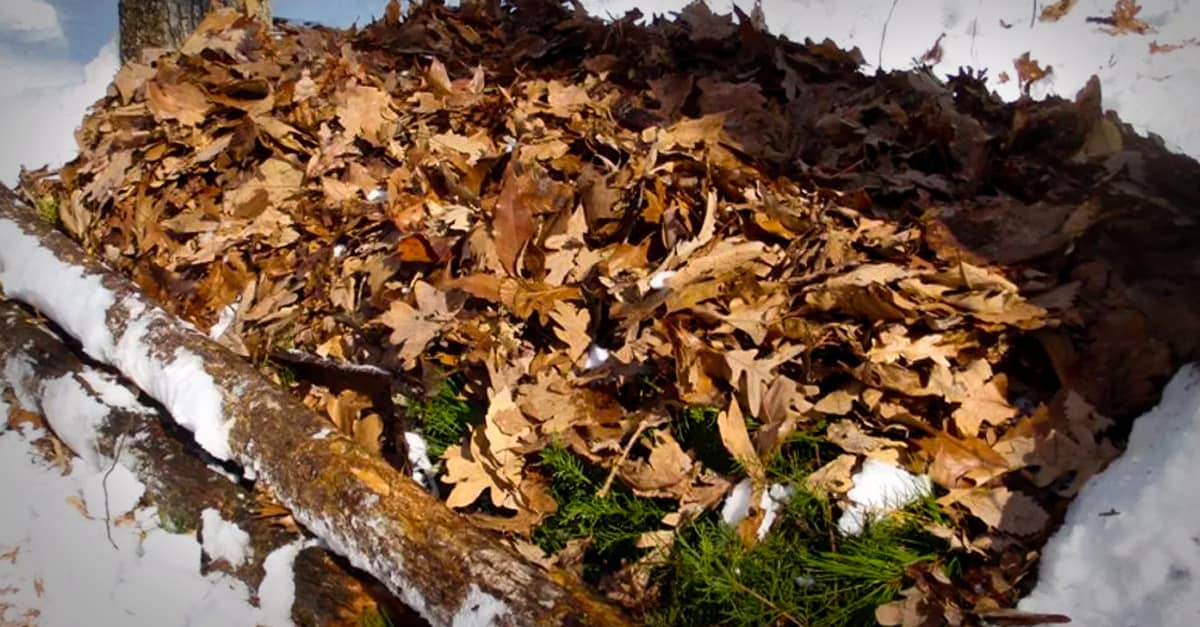
27. Construct An Insulated Bed
Eventually, you’ll have to go to sleep. And when you do, it’s important to have a worthy bed. This will promote good rest, sound sleep and prevent muscle soreness. With that in mind, there are basic things you can do without much effort, especially if you have a tarp. For instance, you could suspend the tarp from a tree with rope and make a hammock. The top will fold around you, insulating you through the night. In addition, you could also construct an A frame shelter using a length of rope between two trees and a tarp. Make sure that the A frame is close to the ground to keep you well insulated while you sleep. Additionally, you can find old solid limbs and construct a bough bed. Simply make a box from the fallen trees and fill it with soft material like pine needles and dead leaves. Lay inside like a waterbed and drift off to sleep!
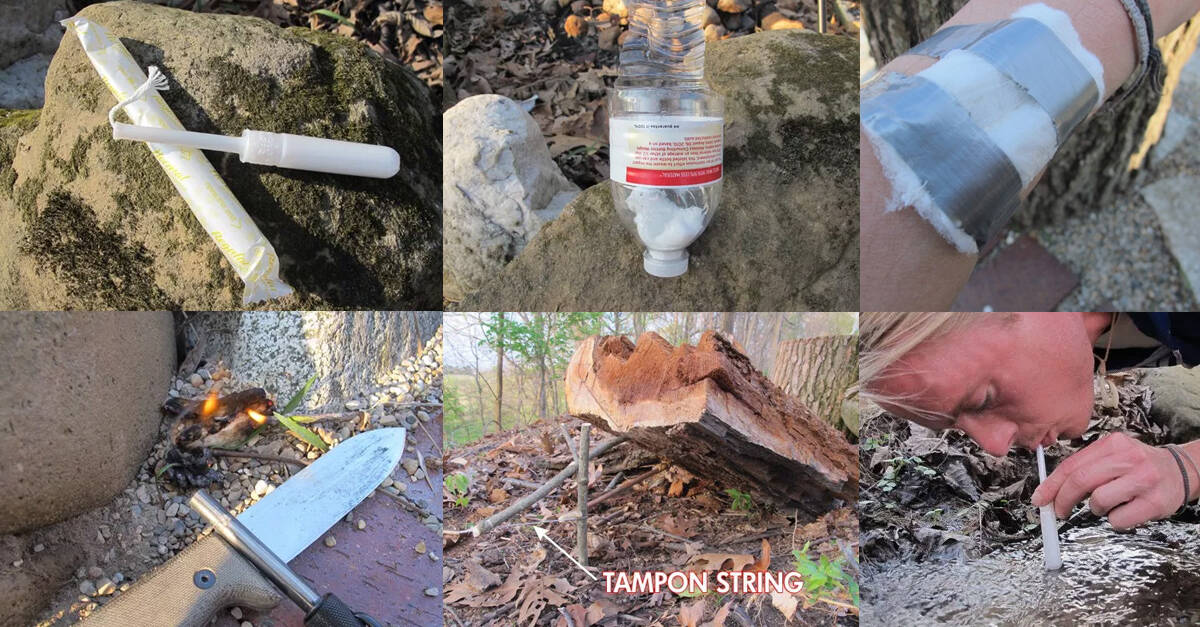
26. Use Tampons As A Survival Tools
Tampons can be a very useful survival tool simply because they’re so versatile. Of course, you have to get past the primary usage aspect, but when it’s live or die that’s a pretty easy move. Tampons can be used to make a bandage, filter crude water, and start fires. They make excellent tinder since they are extremely flammable. Additionally, you can shove part of the tampon into a straw and use it as a filter if you find yourself desperate for water and your only sources are stagnant. Other uses involve candle wicks, cordage and fletching for blow darts, if you’re that ambitious.
25. Stay In Shade
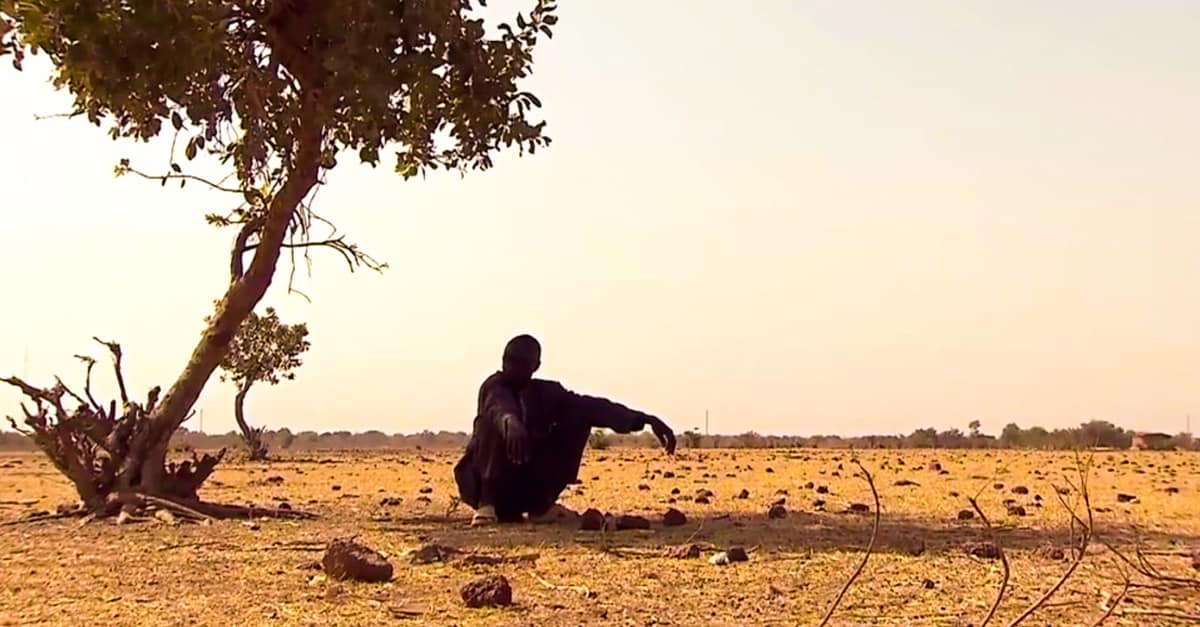
When you find yourself in a survival situation involving the desert, it’s important to find shelter. The heat and arid climate can absolutely sap your strength. For starters, try to wear clothes that minimize sweat loss by wearing loose fitting items. Also, make sure you bring plenty of water and move at night. Seek shelter during the day by stringing cord between objects and placing an emergency blanket overhead or staying under low overhanging rocks. These will keep you cool and lucid. Plus, you will retain more body moisture so you do not run the risk of dehydration.
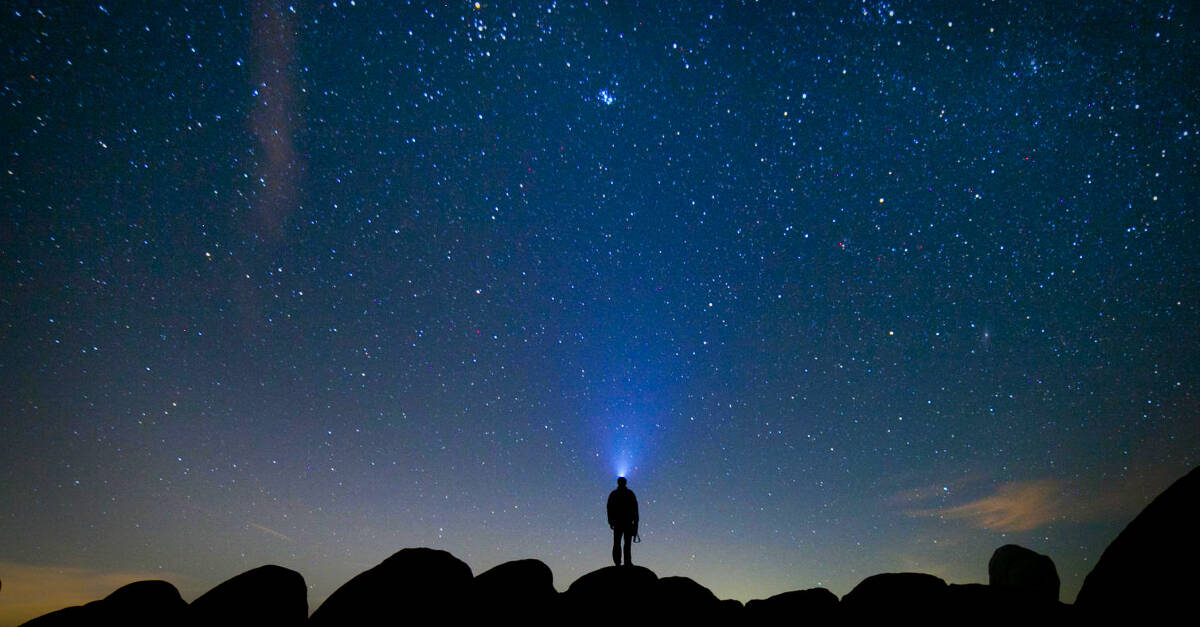
24. Traverse At Night
This tip kind of goes along with our last survival tip. If you have to move in the desert, make sure to move at night. During the day it is blistering hot. However, at night you could find yourself near the point of freezing. Therefore, make sure you pack warm clothes to use while on the move . Of course, keeping a compass or star navigation tool handy will help. You can use the skies and compass to be your guide to get you safely through the desert. One word of caution. Be vigilant in regards to wildlife since many of them are nocturnal as well.
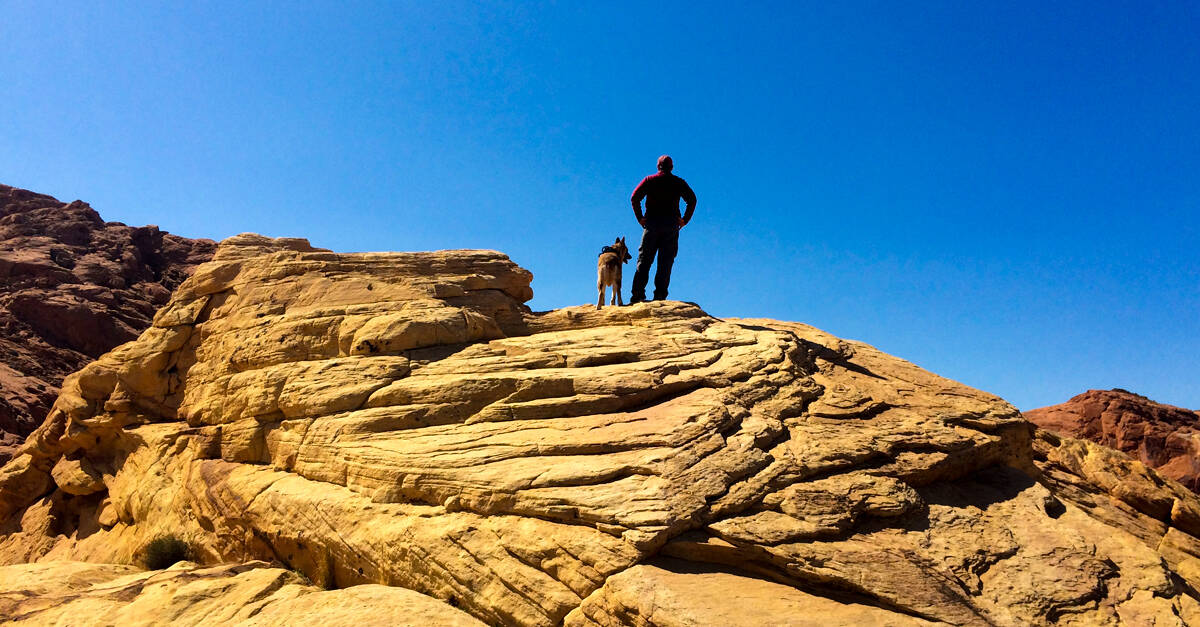
23. Don’t Take Off Clothing
For desert survival situations, this one can be tempting. However, under no circumstances should you ever attempt to remove clothing in an effort to keep cool. This only speeds up the process of dehydration, which can be fatal. In addition, you are removing your best form of sunblock. Therefore, make sure you keep arms, face and legs covered as best as you possibly can. Also, if you actually have sunblock be sure to use it. It seems counter intuitive, but make sure you remember this tip. If you get hot under the collar in the desert.
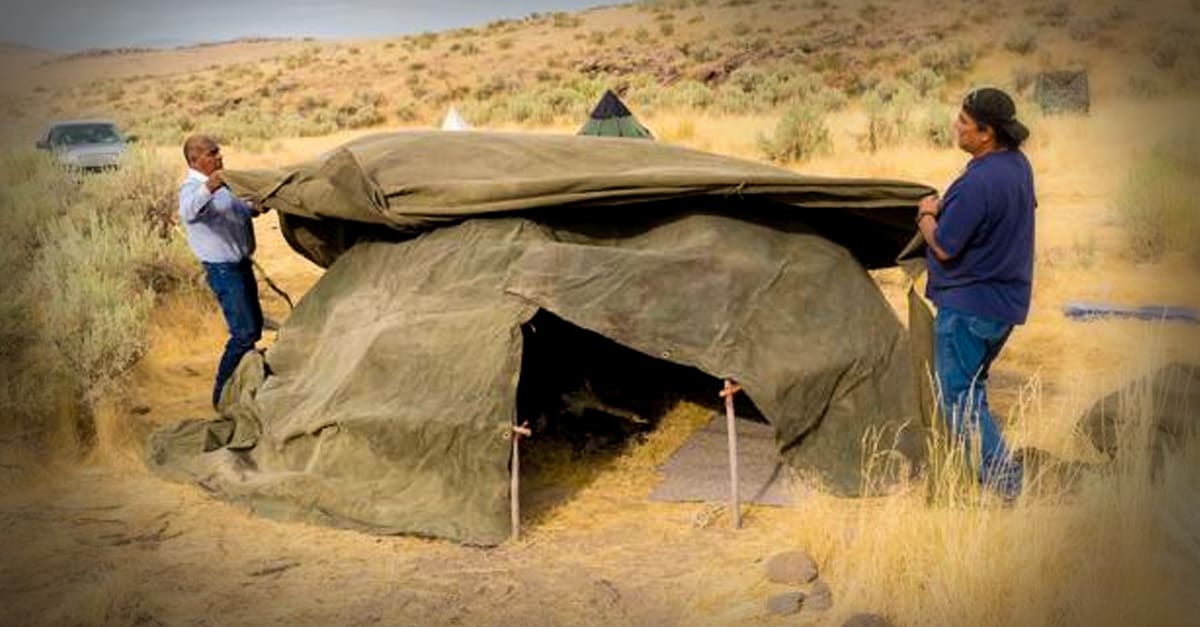
22. Find A Way To Separate Yourself From The Ground
As far as survival goes, this one is important. Never sit directly on the ground in the desert. The temperature can be a full 30 degrees hotter than the surrounding air. Improvise and create a structure to lift you above the ground by a bout a foot and a half. Car seats or tarps suspended by rope are perfect for this sort of thing. Besides keeping you cool, there are other benefits. The higher you are off the ground, the less likely you are to encounter a poisonous insect or snake!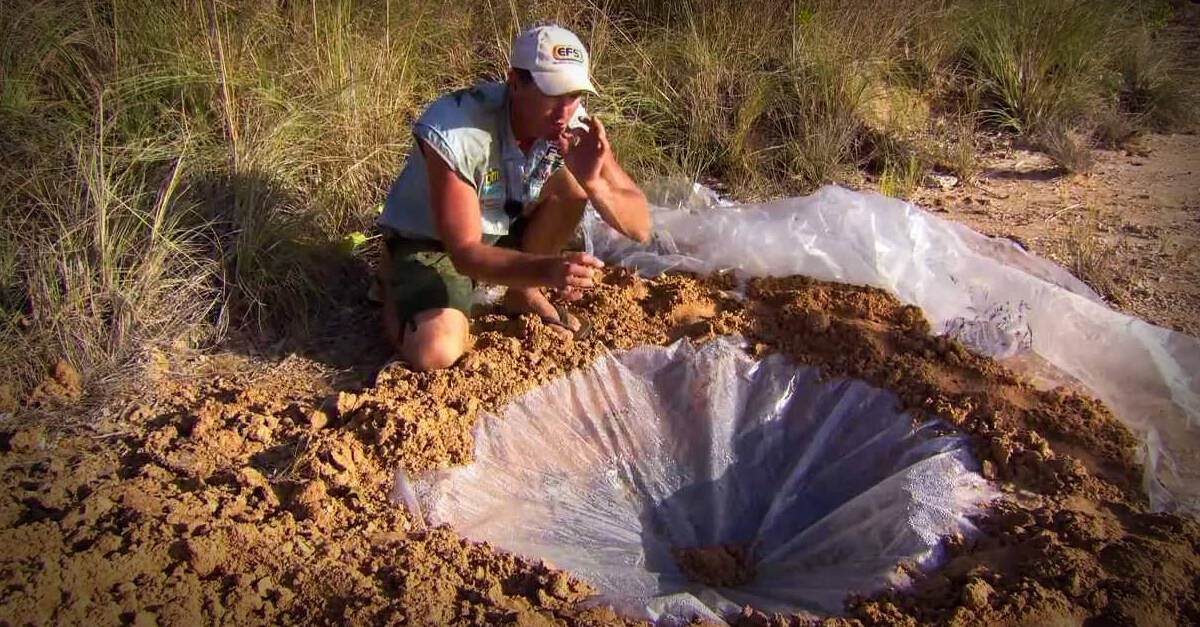
21. If You Can’t Find Water, Make An Emergency Water Source
If you run out of water in the desert, there are ways to find it. For instance, follow animal tracks downhill or even groups flying insects. They have to have water to survive. Additionally, you can walk to the greenest vegetation you see. Look for large plants with really wide leaves. Once you find any of these spots dig about a foot down. If it first you don’t feel moisture that’s fine. Enlarge the hole by another foot then wait several hours for the hole to fill with water. After this, purify the water to make sure it is safe to drink. You can also collect dew early in the morning with an absorbent cloth, then wring it into a container.

20. Don’t Drink Cactus Water
Though tempting, it’s best to avoid cactus water. It will make you sick. Hydration only occurs in Hollywood westerns. The reason has to do with the way cactus process water. While other plants undergo photosynthesis, cactus undergo a different process. They only open their pores at night so carbon dioxide has no chance to escape. It gets stored as a form of malic acid along with another toxic alkaloid, Oxalic acid. The result is diarrhea, nausea and vomiting.However, you can eat cactus fruit. That’s perfectly okay.
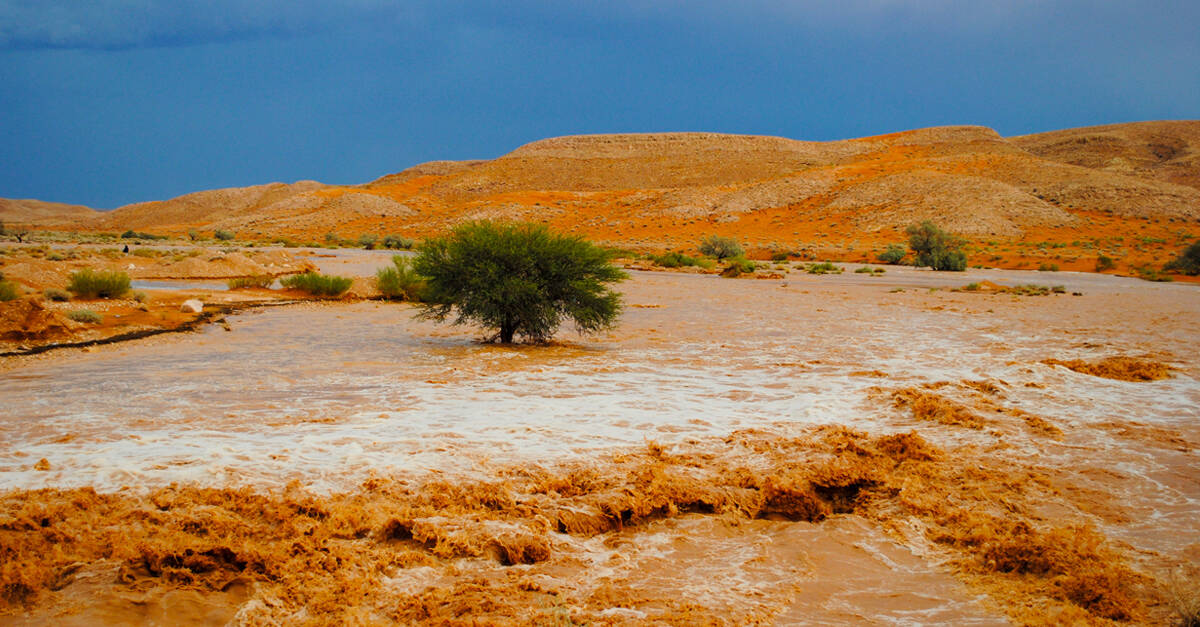
19. Be Extremely Wary Of Flash Flooding
Ironically, sand storms have the potential to create deadly flash flooding. Desert sand does not absorb water very quickly. The result of a quick hard rain means dry river beds, lake beds and canyon channels fill rapidly. Sometimes these will produce water wall between 10-30 feet high! The USGS reports more people die in the desert as a result of drowning than dehydration. Flash flooding is a real threat. So never rest in ditches or dry river channels. Floods can uproot trees and move boulders creating potential life threatening situations.
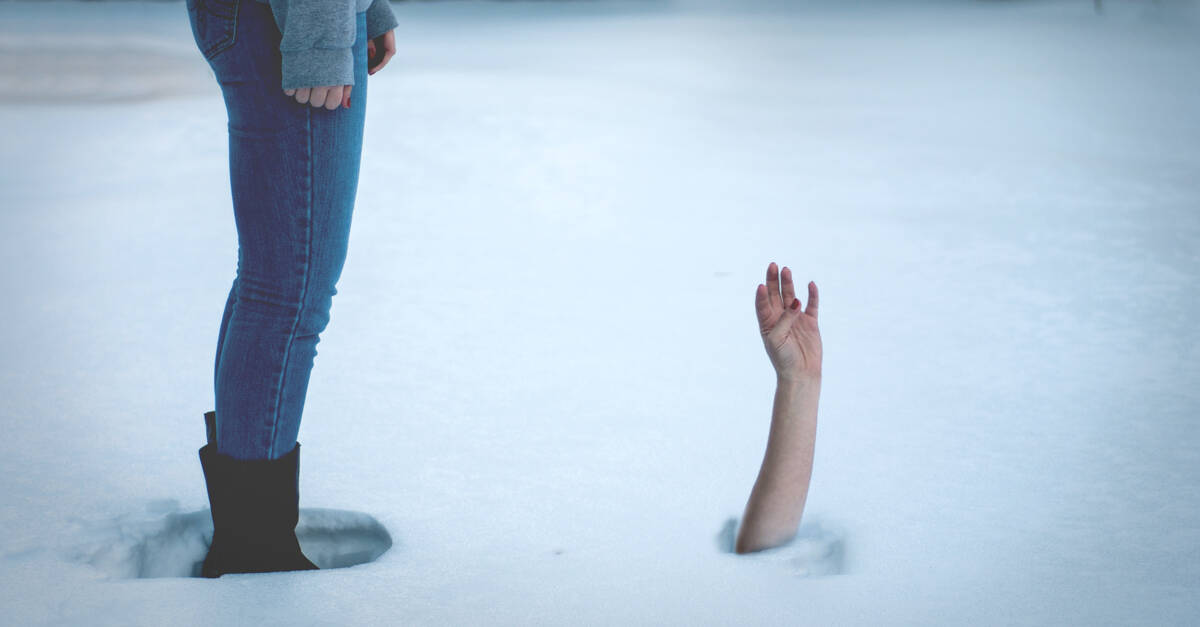
18. Keep Your Hand Above Your Head
Keep one hand above your head if you find yourself in the middle of an avalanche. On the chance your hand is above the snow, rescuers will be more likely to find you. Also, be sure to check your local avalanche station before you head out for the day on a winter mountain hike. They will be able to keep you apprised of snowpack conditions and avalanche threat levels. Of course, it’s always a good idea to let people know where you will be as well. This will make rescue efforts more efficient.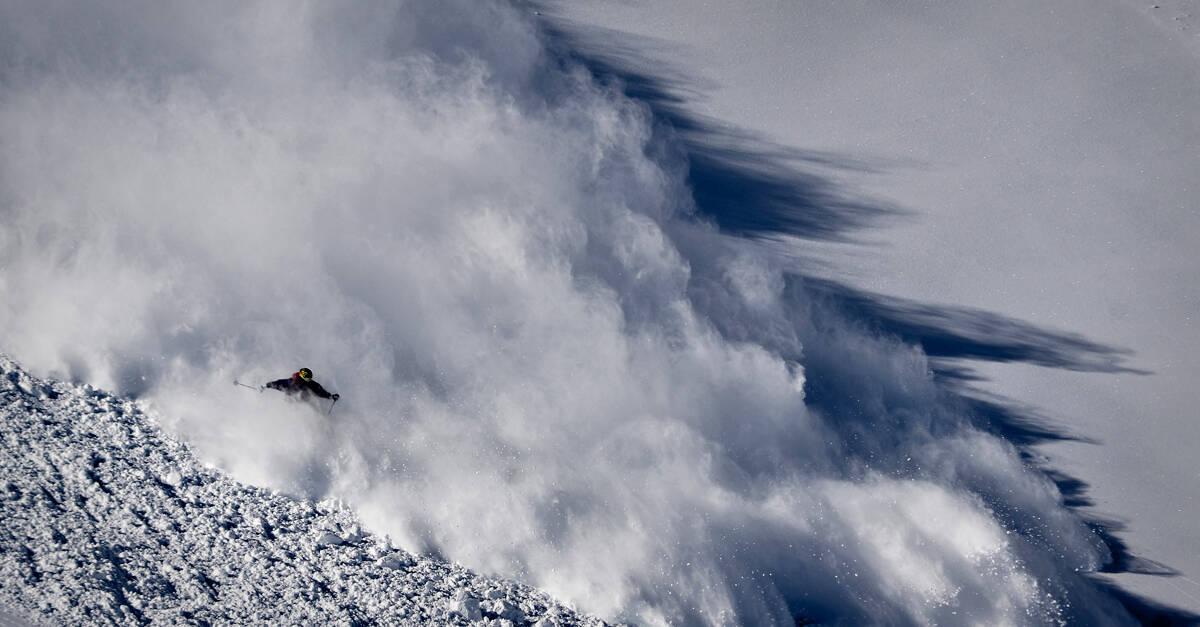
17. Thrash In Snow
This may seem counter intuitive, but go for it. Thrash around in the snow as wildly as possible. Do it like your life depends on it because it does. Thrashing helps you remain on top of the snow. Best case scenario you will remain above the deadly slide. Worst case scenario, you end up buried. Hopefully, if you use our last tip, your hand will be stuck out of the snow, waiting for rescuers to come to you.The movement really is effective too. The more you thrash, the more you push the snow beneath you.
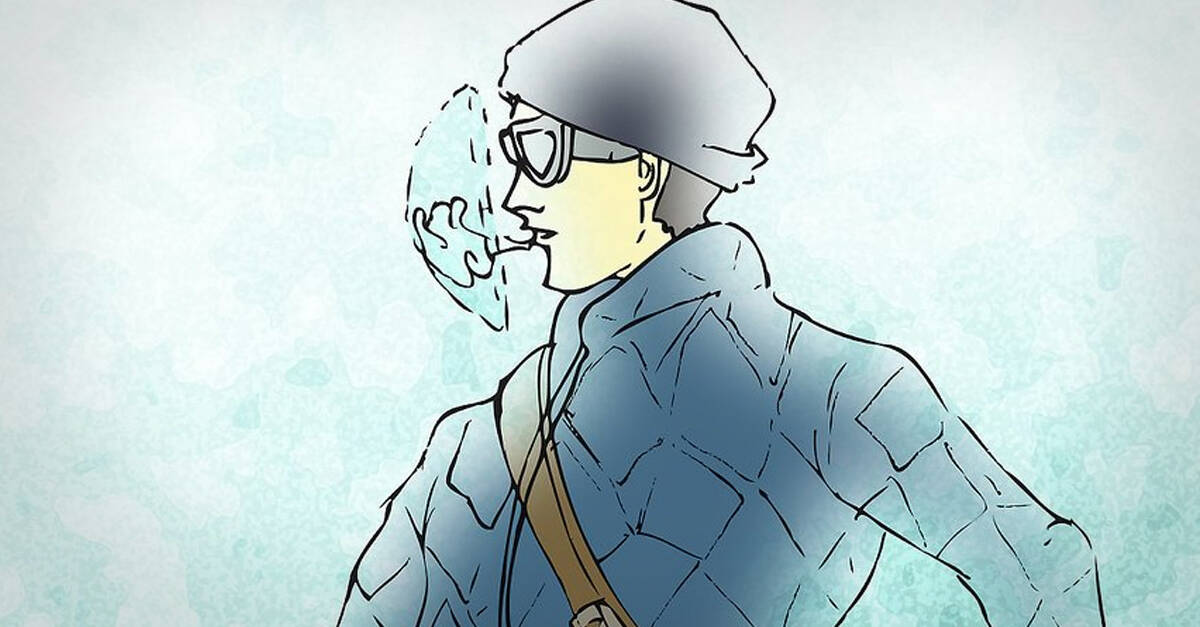
16. Make Air Pocket & Spit
But what happens if you end up buried and disoriented? Well, if you followed our last two tips, you have one hand sticking above your head. However, it could be up or down. You don’t know, This is where spitting could save your life. Take your free hand and make an air pocket in front of your face. Most avalanche victims die of suffocation. They smother to death. Now, spit. Gravity will tell you which direction you need to start digging. Do it quick before the snow compacts. Who knew spitting could save your life?
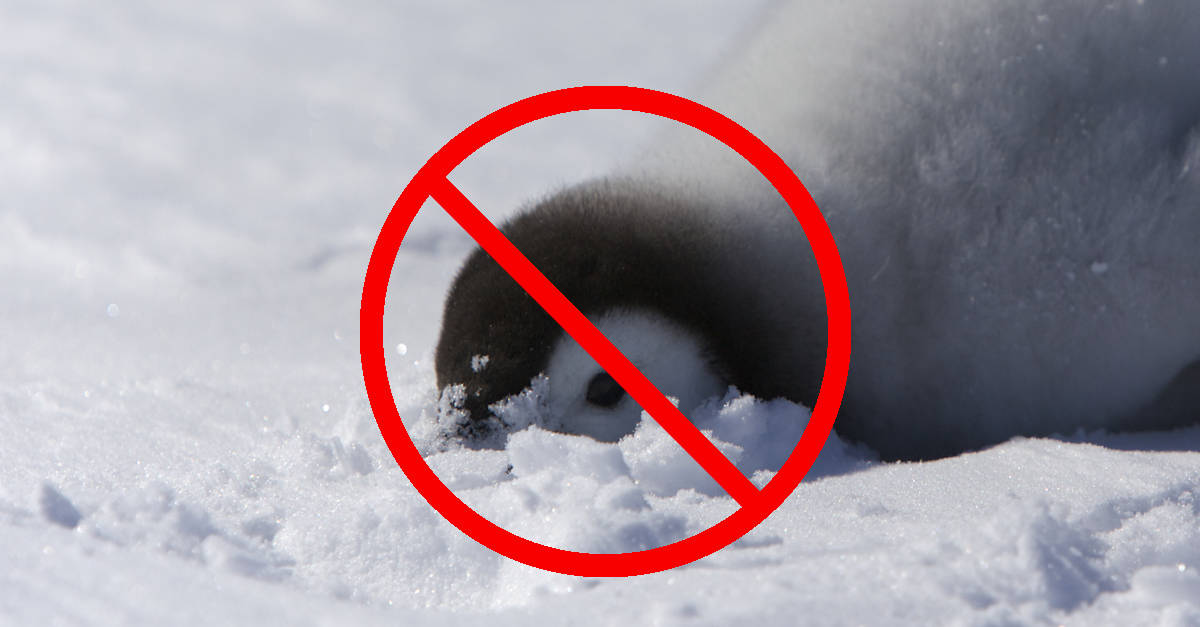
15. Don’t Eat The Snow
As tempting as it may be, eating snow is a bad idea. Fresh fallen snow is usually okay. However, even a day later it could make you sick. The reason? Dirt, debris and other contaminates get trapped inside the tiny spaces between the ice. Consuming them is a bad idea. Furthermore, scientists have determined the space of an hour can dramatically increase the number of potentially harmful snow contaminates. The best course of action is to avoid it altogether. And you thought only yellow snow was bad!
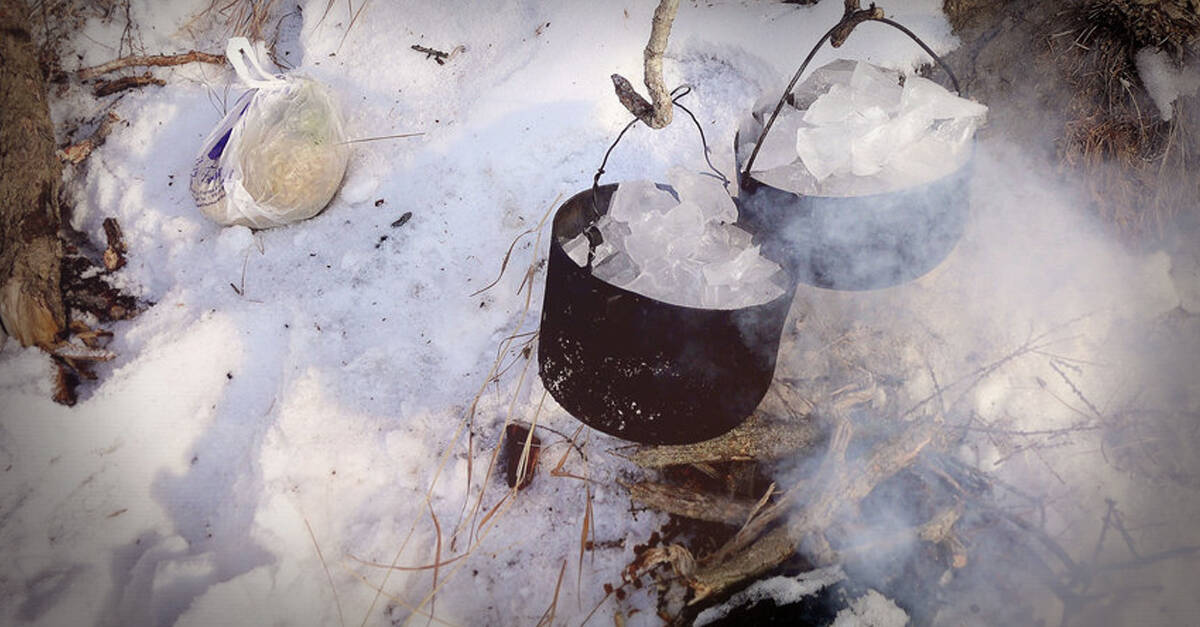
14. Melt Snow For Water
So here is a trick to actually make snow edible. Boil it. Doing so releases all of the tiny pieces of contamination lodged in between the particles of ice. It’s a two step process though. First, you need to heat up the snow enough to melt it. Once the snow is completely liquid, boil it for 15-20 minutes. The steam will release much of the harmful contamination into the air. Any other debris will be sterilized. Yet, don’t drink it right away. Filter it first. Then let it cool and enjoy!
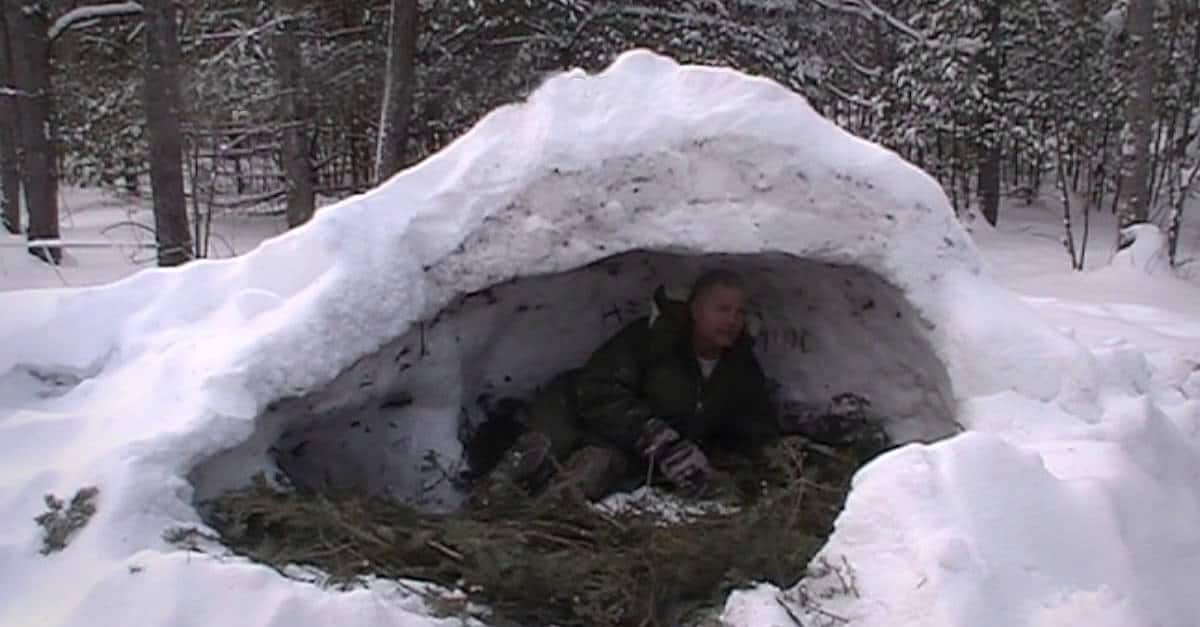
13. Make A Shelter Out Of Snow
Making a snow shelter may seem daunting, but it’s really not. Find a nice drift capable of housing you. If one is not available you can pack snow to make a hill about four feet high. Next, dig a cavity large enough for you to sleep in and space for a fire, with an opening large enough to allow you entry. You can close it by hanging a tarp as a door. Next, you need to drill a vent hole in the top to allow air to enter so you can breathe. Also, the smoke from your fire will escape through the vent. Now you are ready to bed down for the night and stay toasty warm.
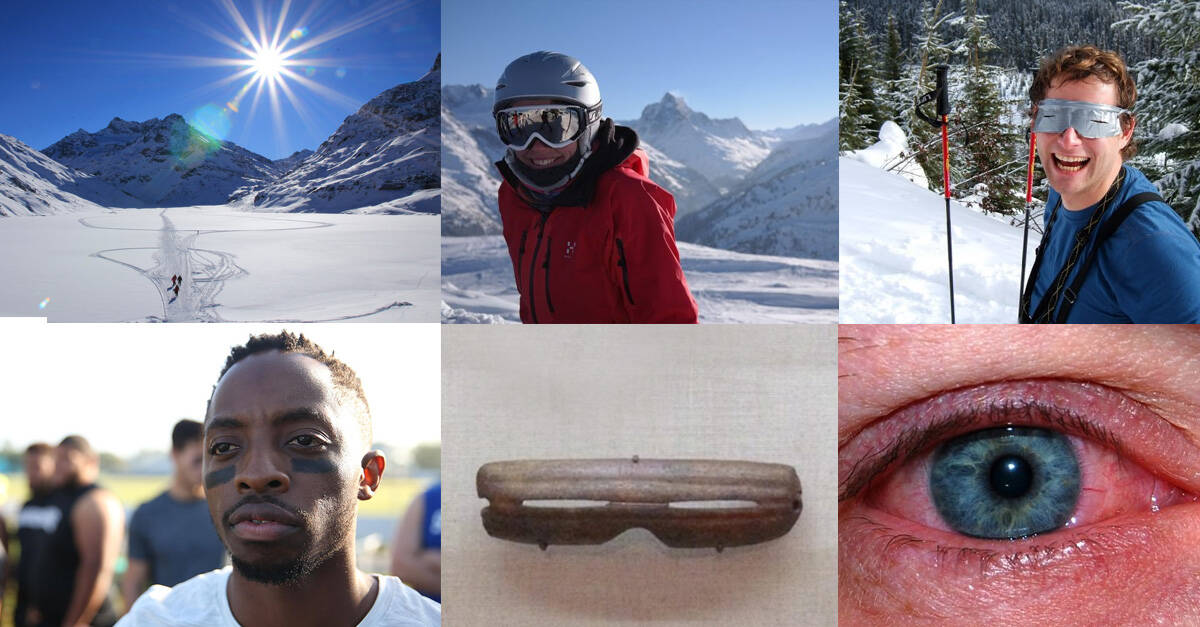
12. Prevent Snow Blindness
The last thing you want in a survival situation is bad vision. And while the sun can glare under normal conditions, in snowy mountain wilderness survival situations, the sun can blind you. You need to protect your eyes. One form of prevention is eye black. This will keep the glare from hitting your eyes , potentially burning your retina. Alternatively, you can wear sunglasses specifically designed for snow blindness. Just make sure to put sunblock on your face to keep from looking like a raccoon later.
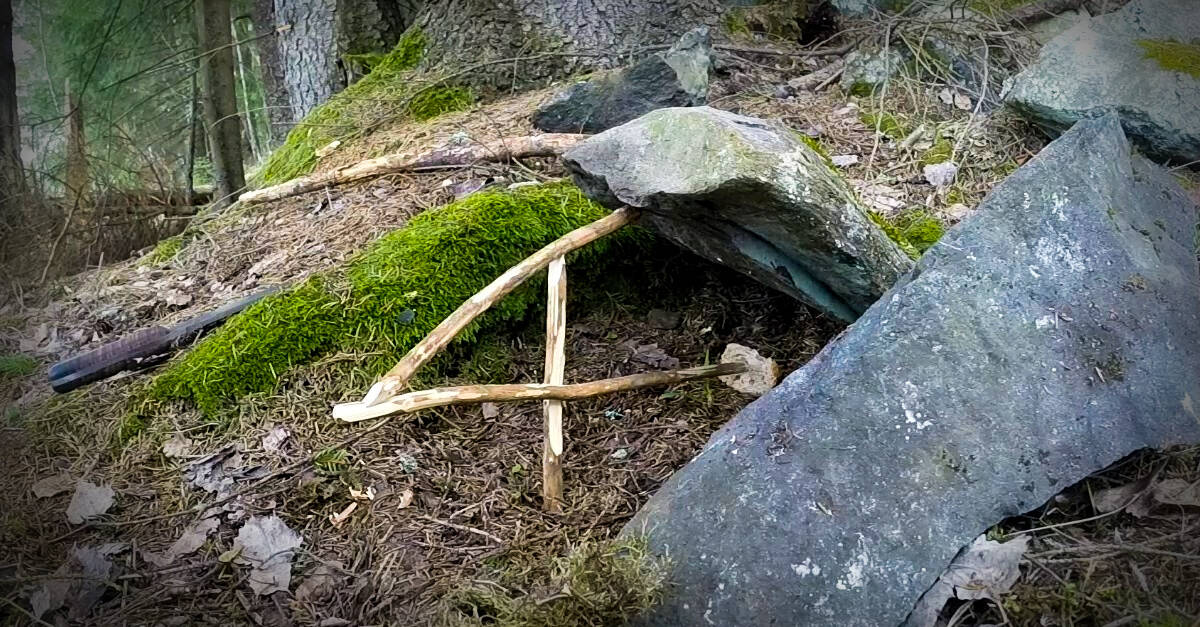
11. Build A 4-Figure Deadfall Trap
A deadfall trap is effective at catching meals for you. To begin with, insert a stick into the ground with a notch cut into it about half way up. Let another stick rest on that notch while a third stick travels down from the top of the first stick to the back of the stick you just positioned. Cut a notch in it to make it more table. On the other side, place a rock against the ground stick. Put bait on the middle stick and your trap is set. As prey come to take the bait, the trap is triggered and the rock falls, making them your next meal!
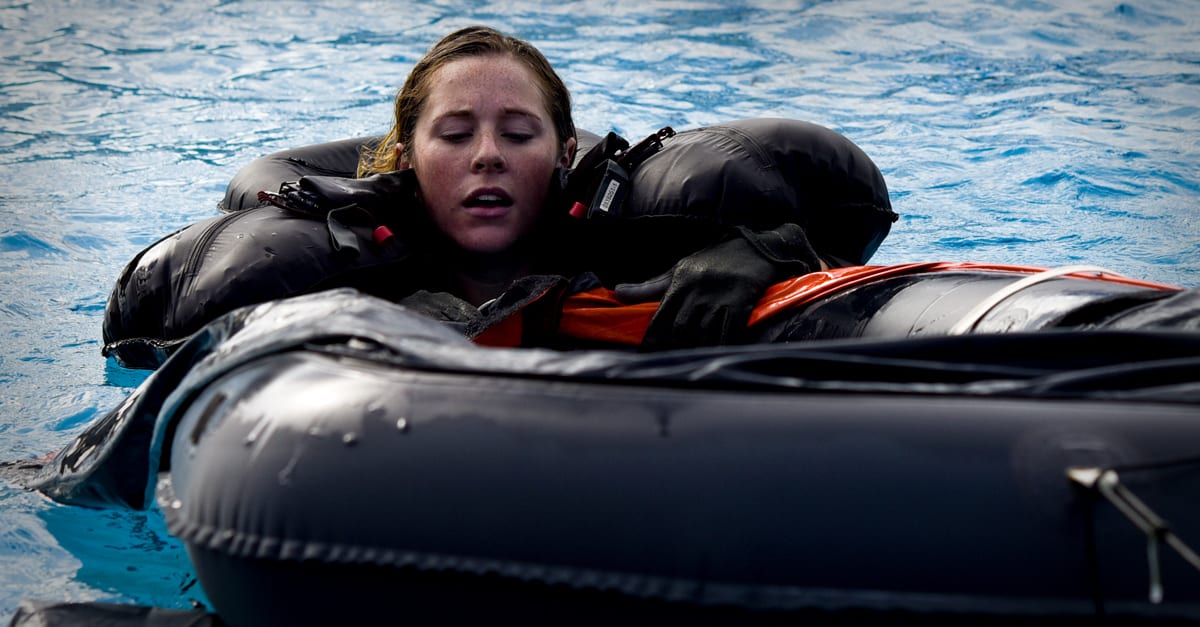
10. Grab Something To Stay Afloat
If stranded at sea and rescue is not imminent you must prioritize. Floating is at the top of the list. Obviously, if your vessel is sinking you should try to grab the lifeboat or raft if possible. If not, grab an emergency ring, life vest or something else that is float worthy. The same goes for a plane crash over water. If possible, grab something that will keep you afloat. This must be your first priority. You can even tie loose pants legs together and use them as floatation devices if need be. You just need to keep your head above water.
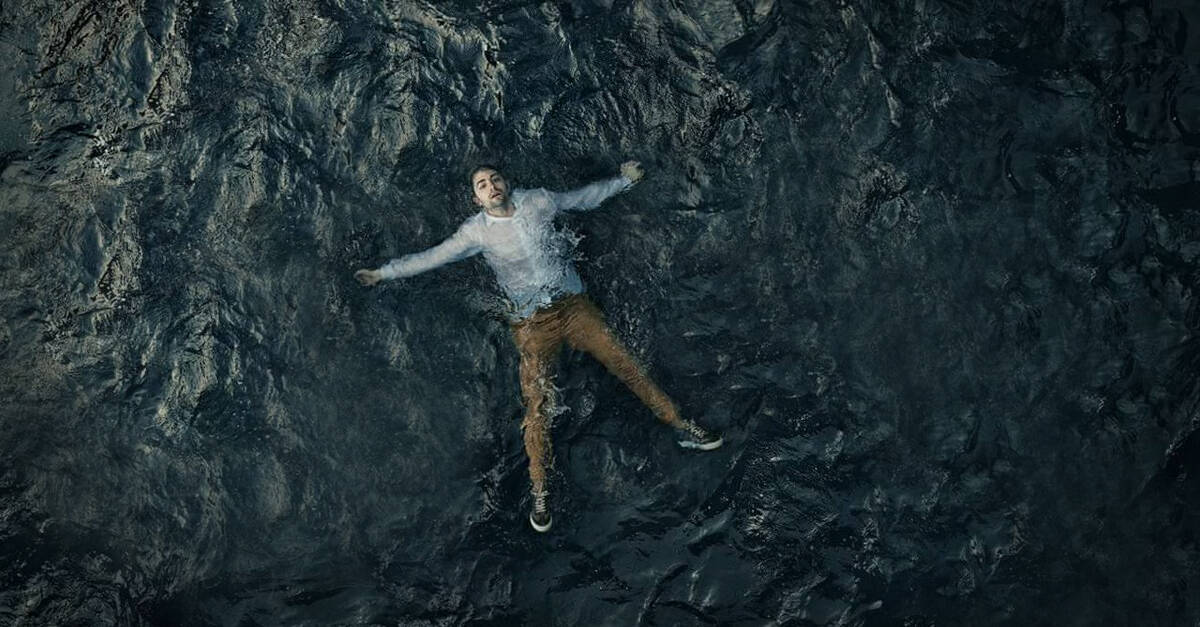
09. Float On Your Back
But what if you can’t find anything to keep your head above water? Well, alternatively, you can float on your back. This is a great way to conserve energy to use later when you need to. Yet keep in mind, this only works in calm water. However, it is a good trick. If you float close enough to land, flip over and swim for it. If the water is rough you may need to flip over and float on your stomach. Life your head up only to breath, the put it back down again. Continue doing so until you are rescued or you get close enough to swim for it.
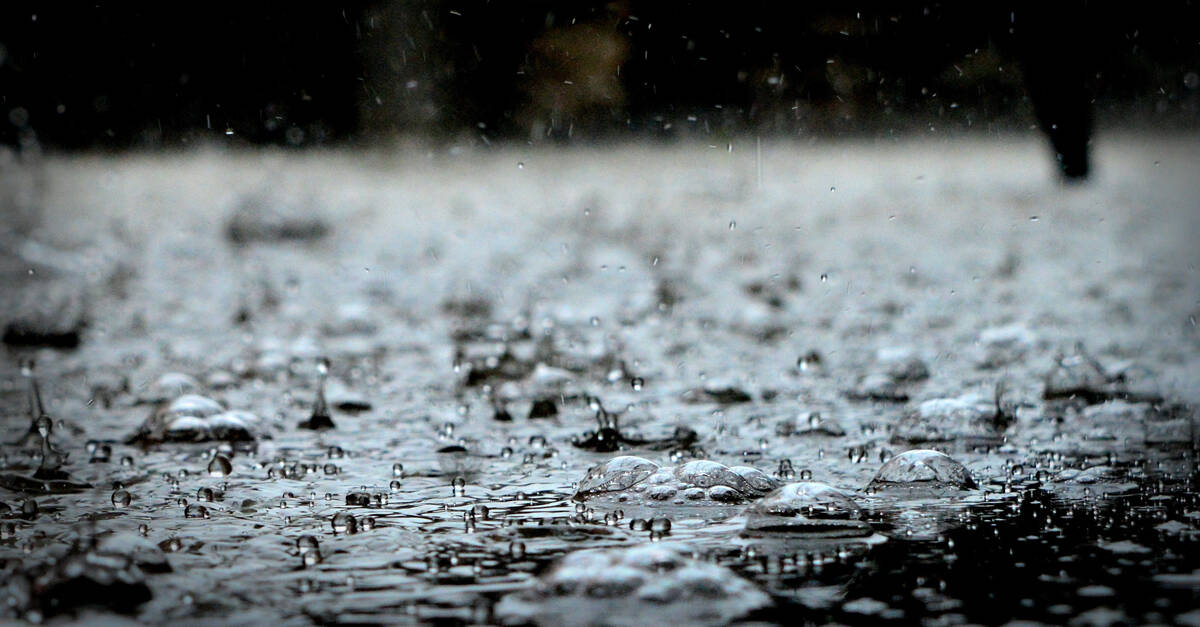
08. Collect Rain & Fish For Water
Collecting rainwater is sometimes easier said than done. For home use, large harvest barrels may be used. However, for survival situations, it is a bit different. Of course, many people just put out as many containers as they can for collection. That works, however, there are other more efficient ways. For instance, use a tarp to fashion a channel for rain water to run off into containers you set aside for that specific purpose. Remember to boil it once you have it collected so it is safe to drink.
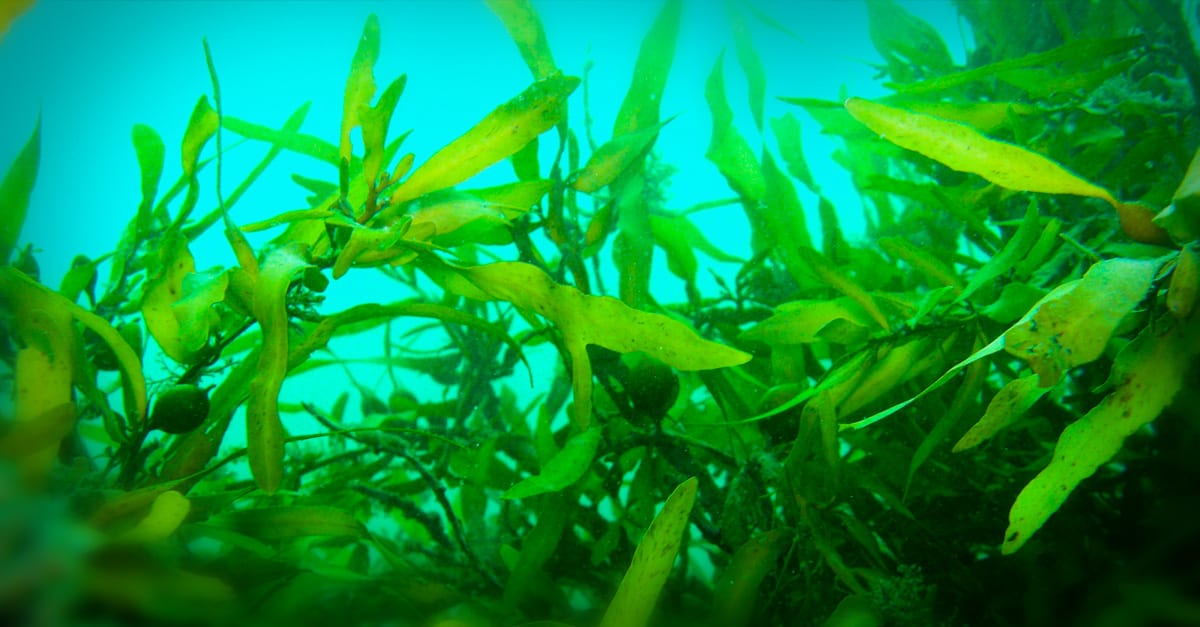
07. Gather Fish & Seaweed For Food
Remember, the sea is your friend in a survival situation. You have all the food you need right there. You can use your home made pole and hook to catch fish for eating later. Also, you can trap them in small pools during low tide or with a cast net. And don’t forget about seaweed. It is full of nutrients. Once you harvest it from the ocean, clean it with fresh water by boiling it. After just a few minutes, you will have a nutrient rich meal. Fish and seaweed can keep you going for days on end.

06. Stay Near Crash Or Where Rescue Team Will Be
It is never a good idea to wander. Of course, you need to gather food, make fire and seek shelter. However, it is a good idea to stay close to the crash site so rescuers can find you easily. Remember, if you were on a major airline, rescue teams will be deployed. The plane beacon will give an approximate location. Listen for helicopters or search planes. They should be easy to spot. Also, you may find it helpful to build a signal fire near the crash site. Smoke will draw attention to the debris and you will be glad you stayed close!
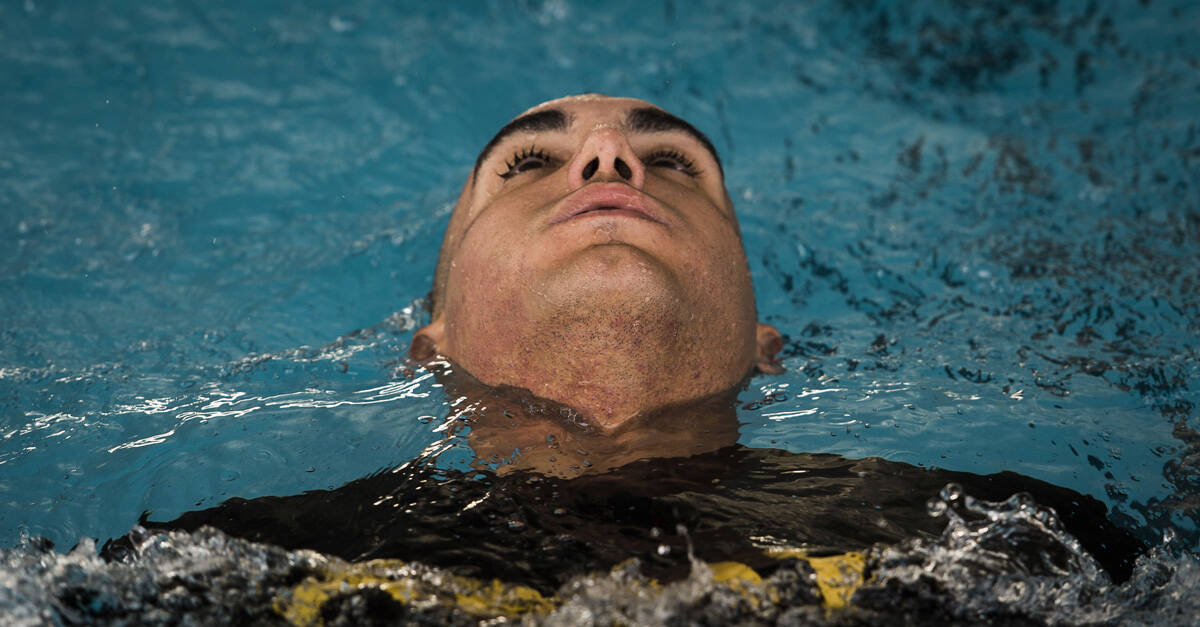
05. Conserve Your Energy
Energy conservation is important in any survival situation. This applies to everything because everything requires energy. Gathering food, building a fire, building shelter, purifying water, it all requires energy on your part. Therefore, seek to make this processes as efficient as possible. For instance, rather than expend energy on hunting, find edible plants and insects to eat. Going for low hanging fruit will position you best to survive for the long haul.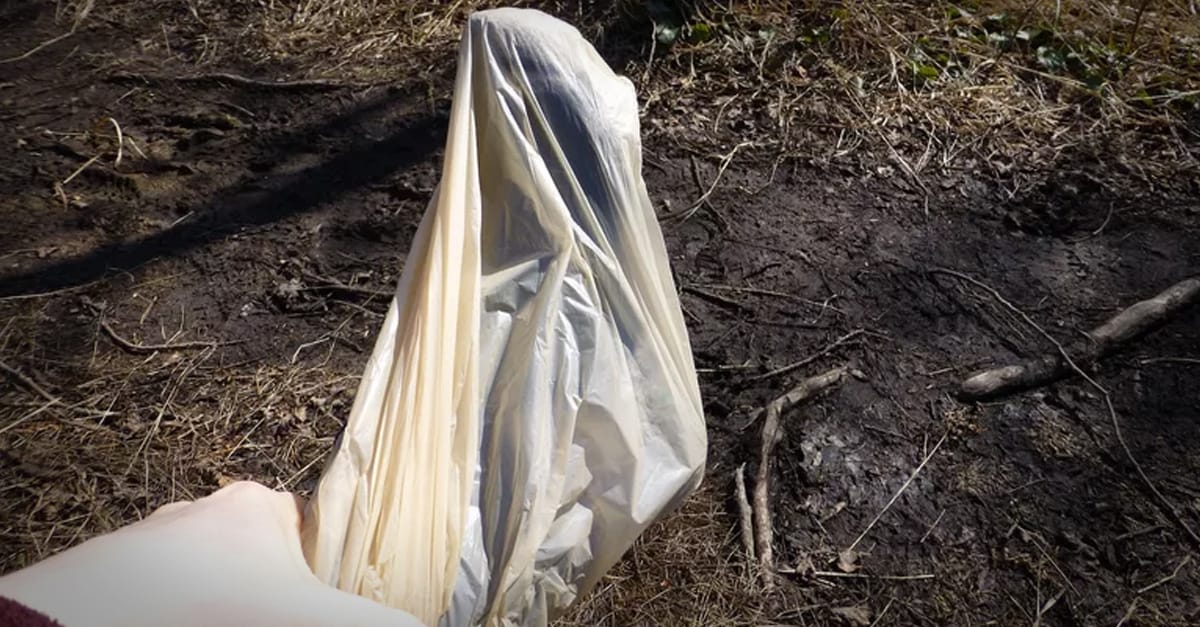
04. Waterproof Your Feet
It is important to keep your feet dry when trekking through jungle environments. In survival situations it is a priority. Moisture can lead to bacteria, infection and loss of your feet if left untreated. The best method is prevention. Wear waterproof boots if possible. If you don’t have any, slip plastic bags over your feet and tape them down. Also, many jungle outfitters recommend wrapping moleskin around moisture hit spots to keep your feet dry. Remember to let them breathe when you are finished walking. This allows extra moisture to escape.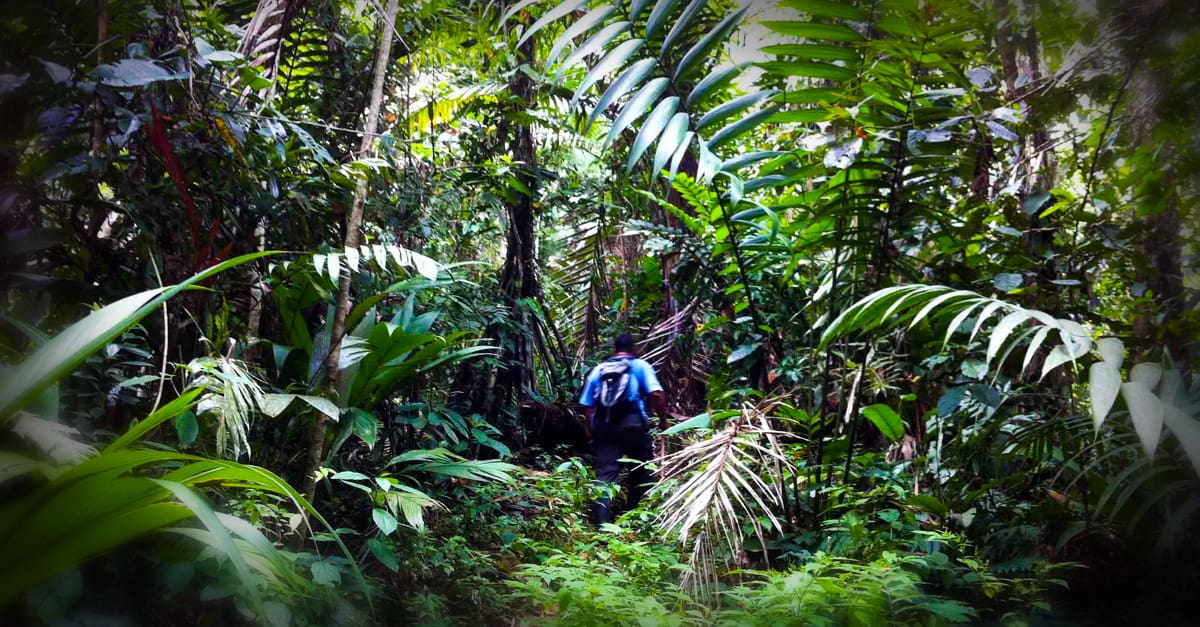
03. Walk Down Hill
In a jungle survival situation, walk down hill. There are two reasons for this. First, it’s easier. Walking uphill causes fatigue. In addition, fatigue can be worse since humidity will increase as the jungle canopy locks it down. Second, walking downhill is a great way to find water. After all, water flows downhill so it makes sense to walk there and find it. In addition to water, you will find sources of food too, vegetation, fish and other wildlife can be found near water. Furthermore, you can follow the stream until you come into contact with civilization and find rescue.
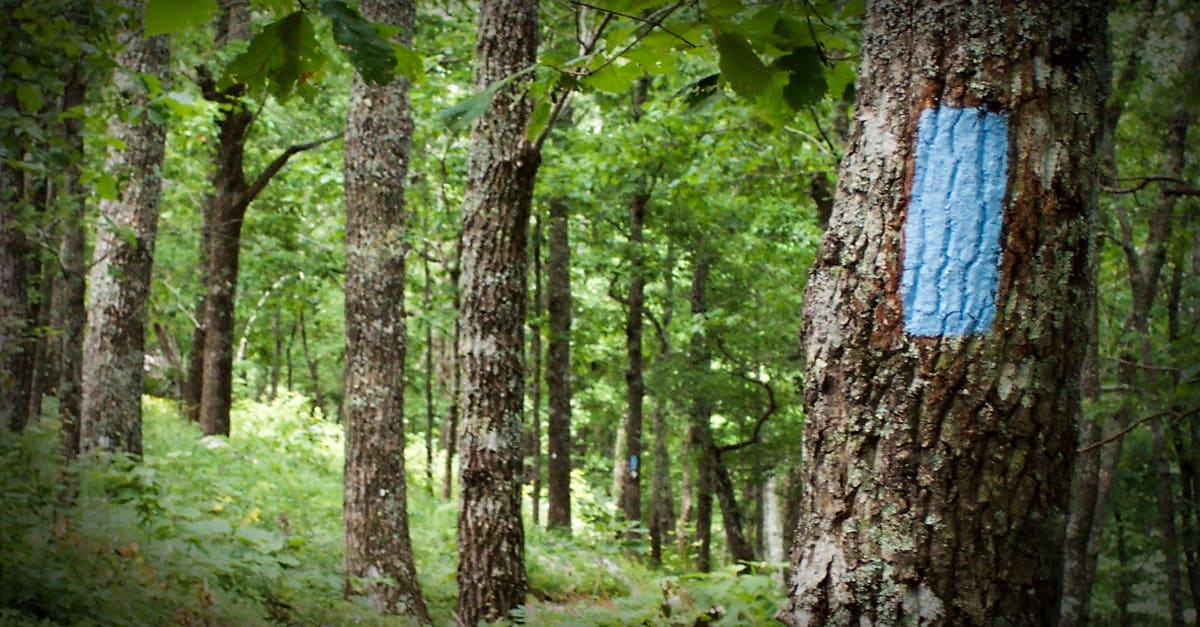
02. Leave Markers
Leaving markings can help others find you. Use common trial markings to give directions. This will accomplish two things. First, it will be evident by anyone seeing them that an individual left them since they are not natural occurrences. Second, they will lead them right to you as they indicate your direction of travel. Just remember to mark trees in locations easily visible to people passing by. Eye level marking are best, about five feet off the ground. Also, if possible, it is a good idea to place them as often as possible so rescuers don’t have to guess your direction.
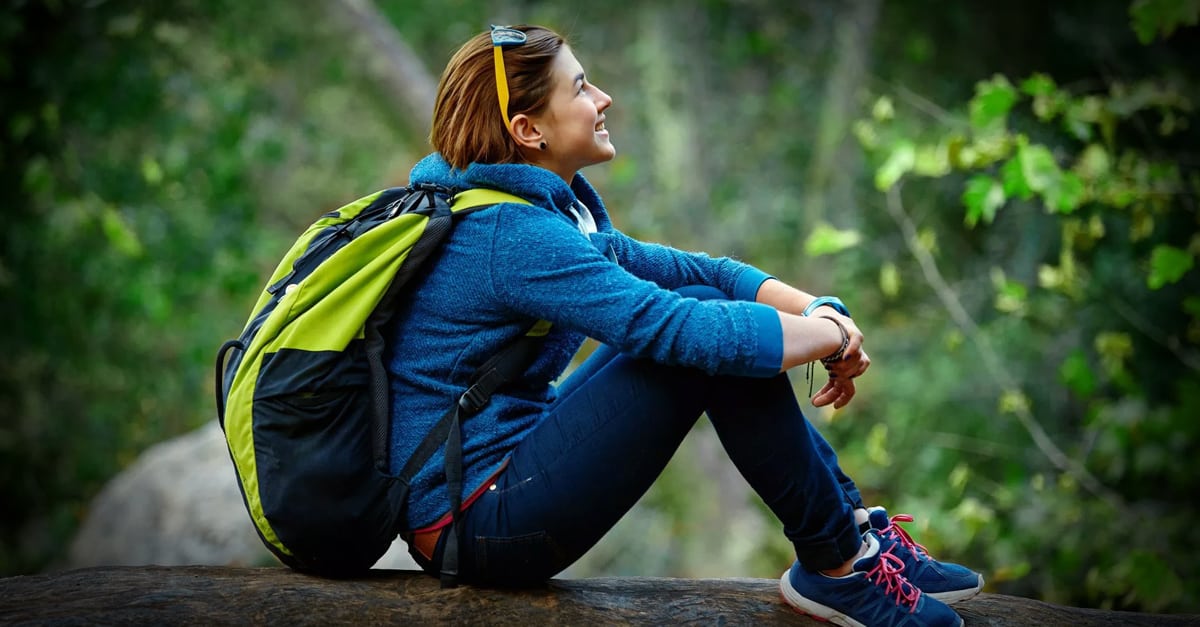
01. Don’t Panic
Okay, so we admit this is a lot easier said than done. However, take a few minutes and settle. Accept the reality you are in a survival situation. Then accept the reality it is a temporary situation. In addition to yielding no benefit, panic has negative consequences it elevates blood pressure, expends massive amount of energy you need to conserve, and could ultimately cause an attack which leads to heart failure. It’s best to remain calm and think about all of the reasons you are going to make it out alive. Then, make a plan and begin the process of survival. You can do this.
